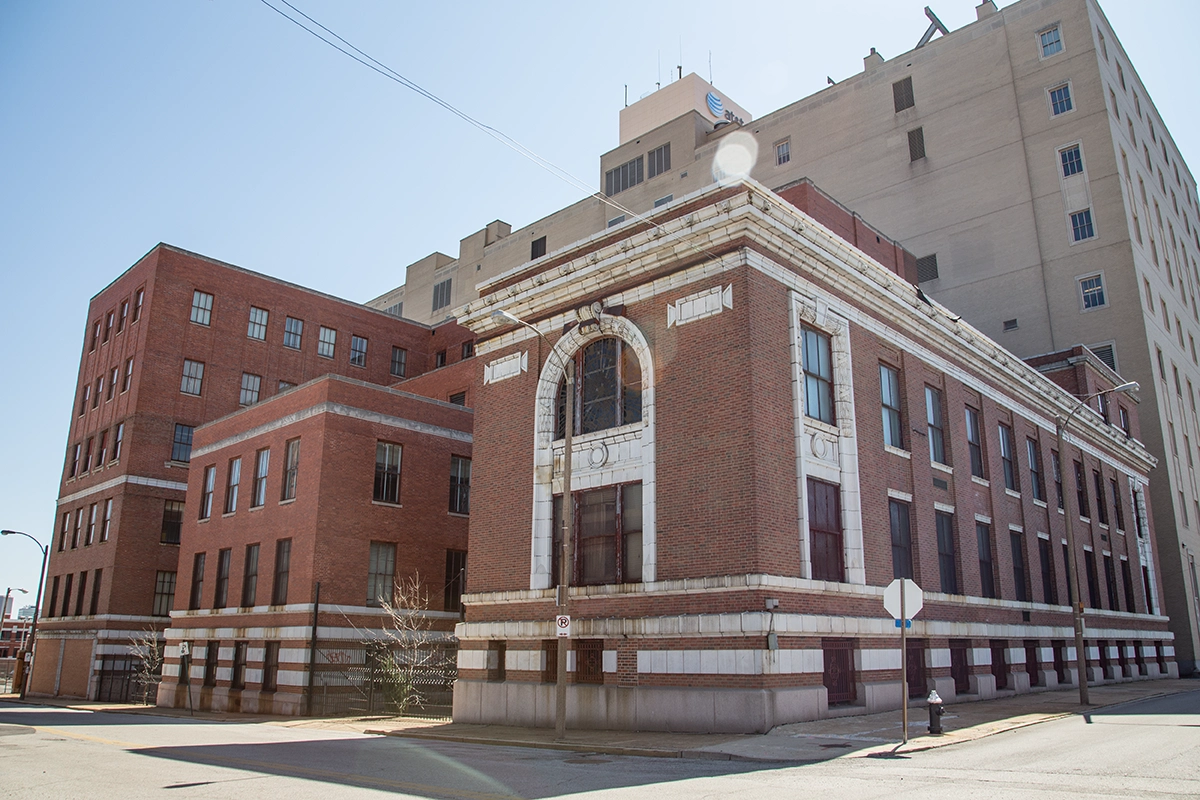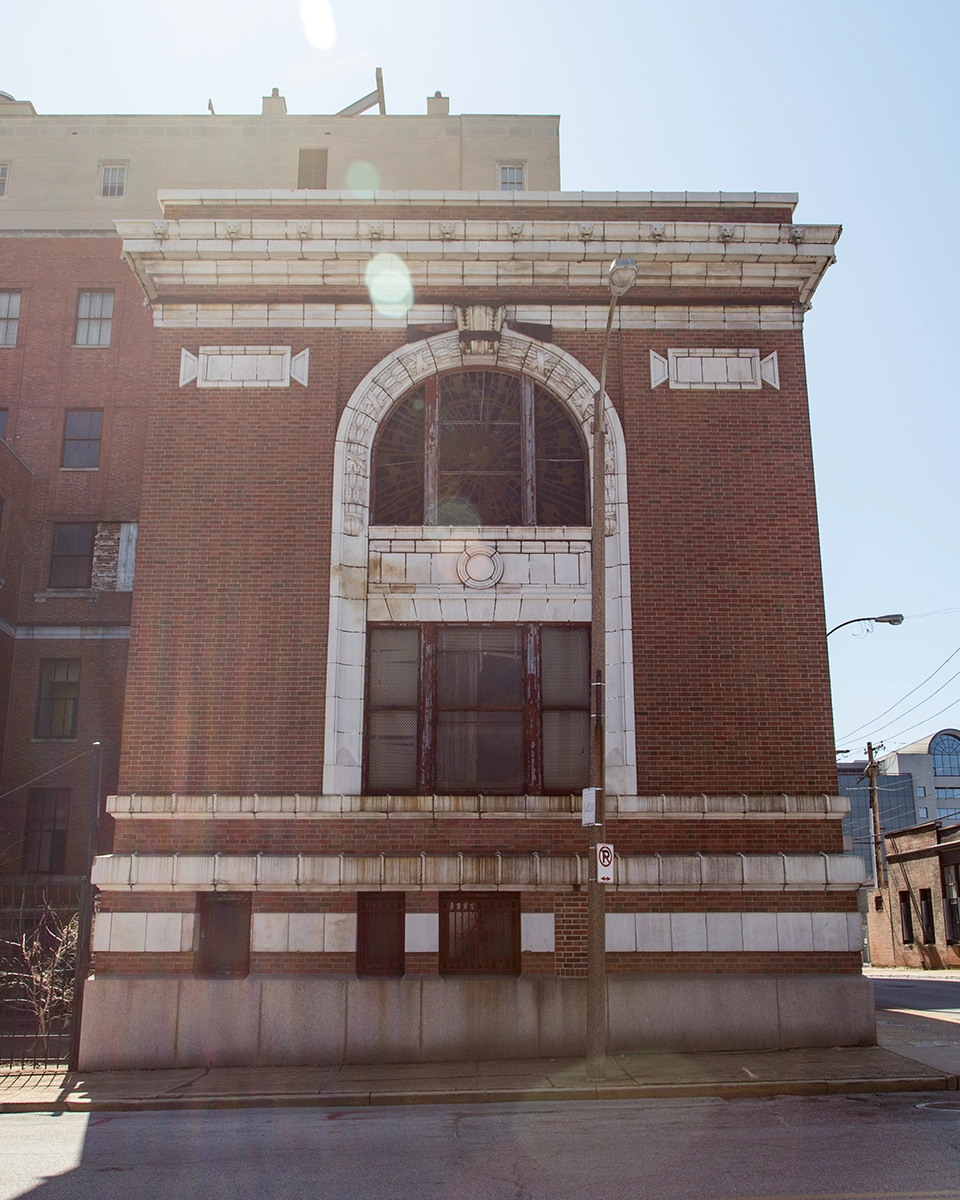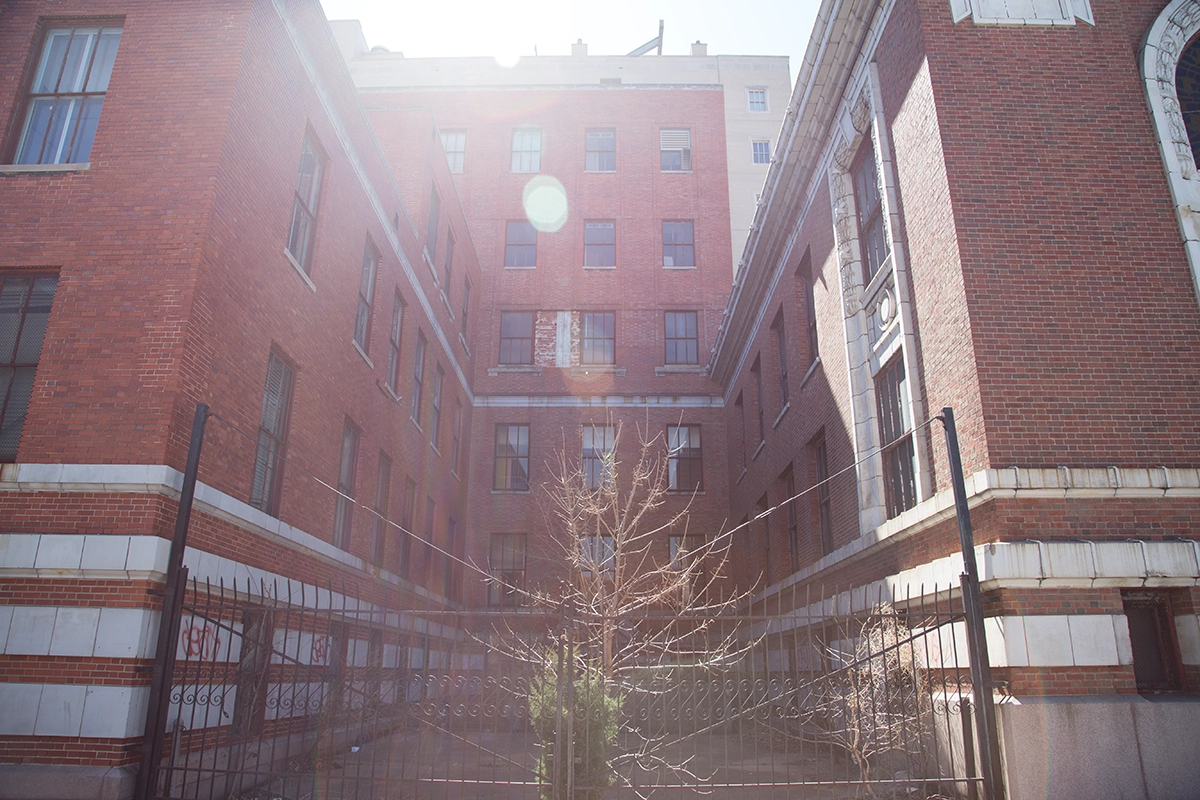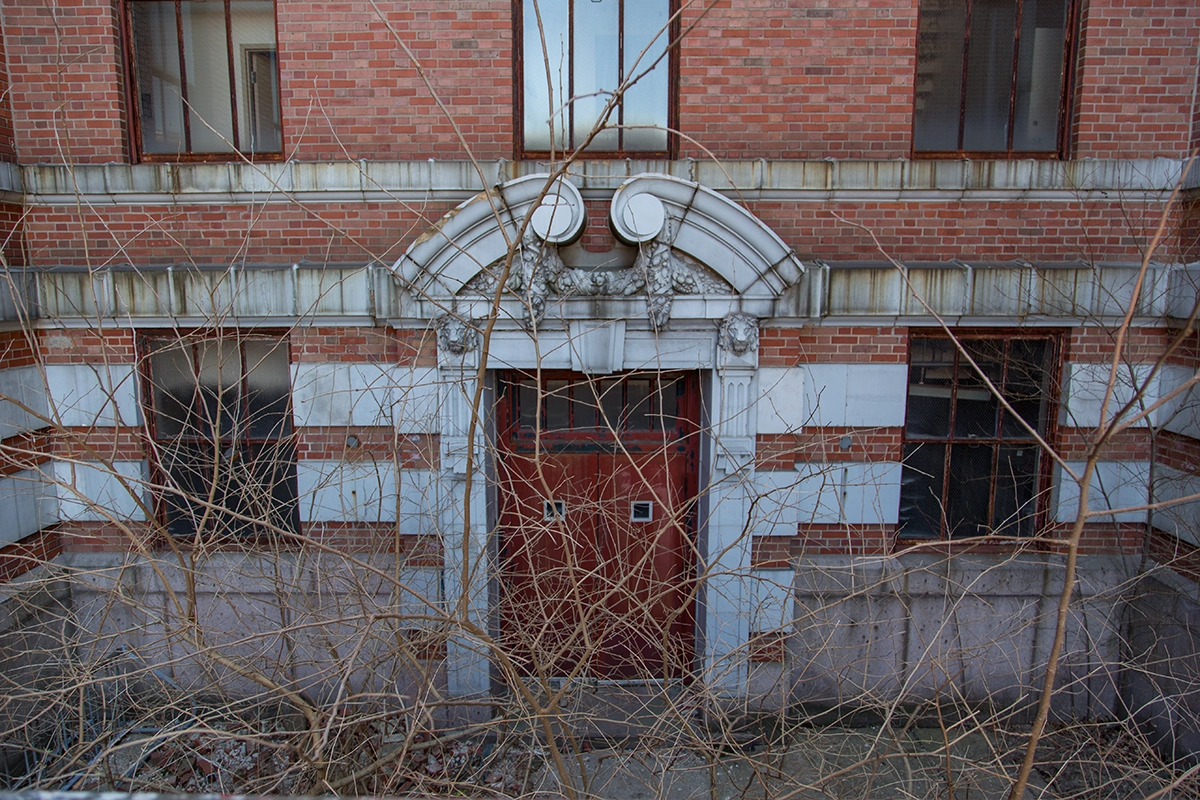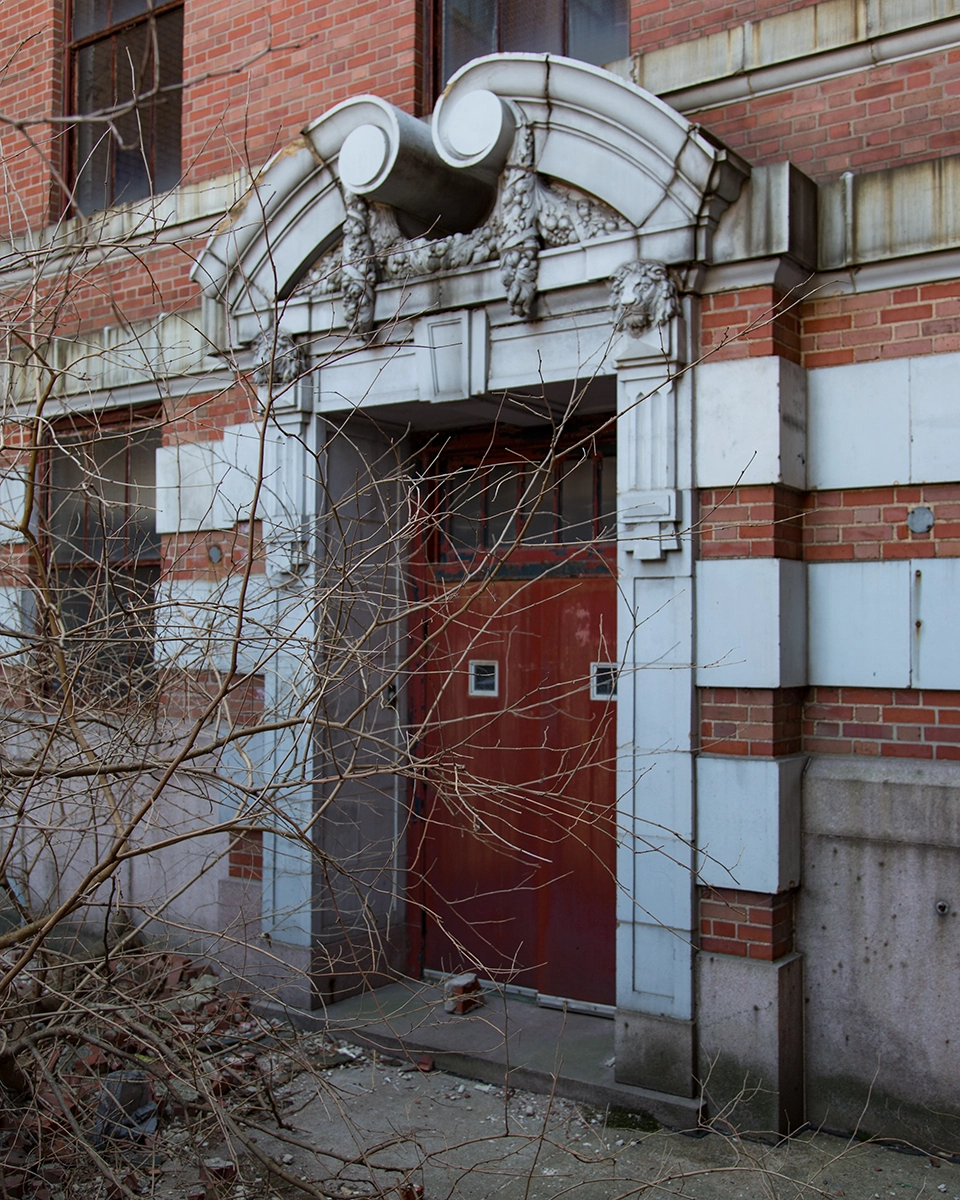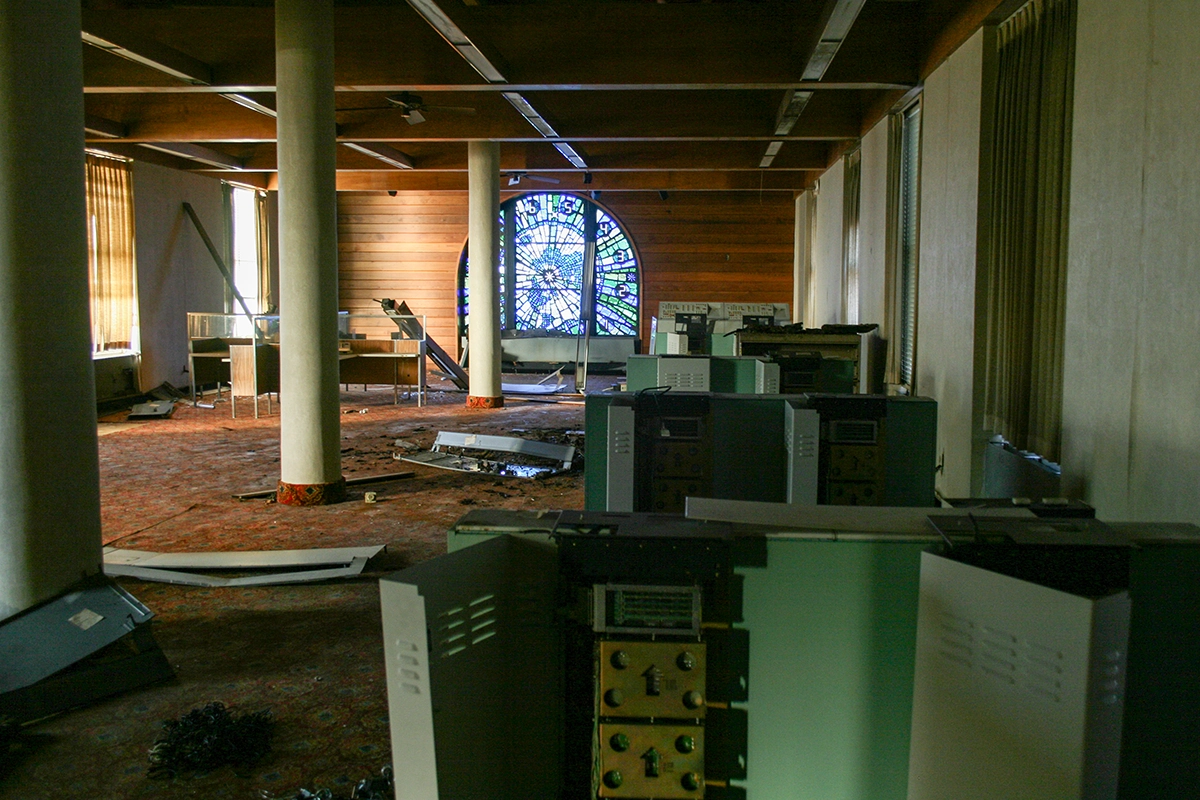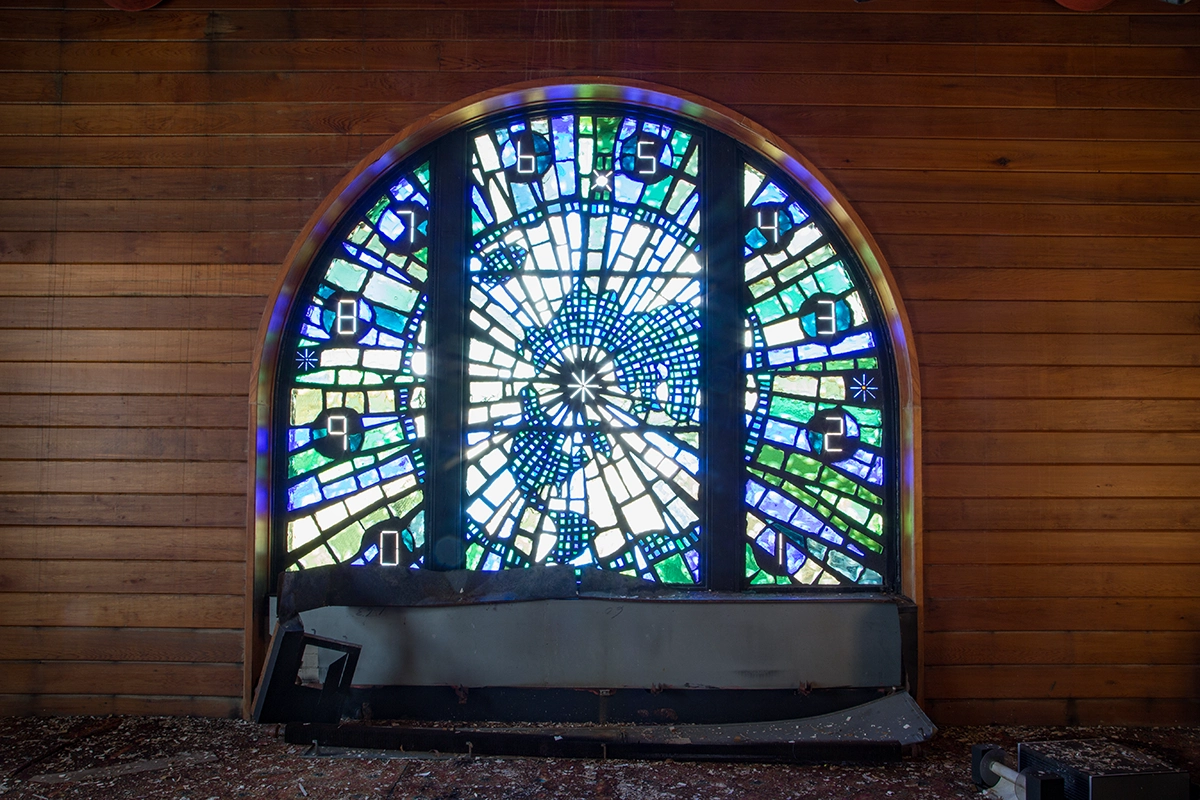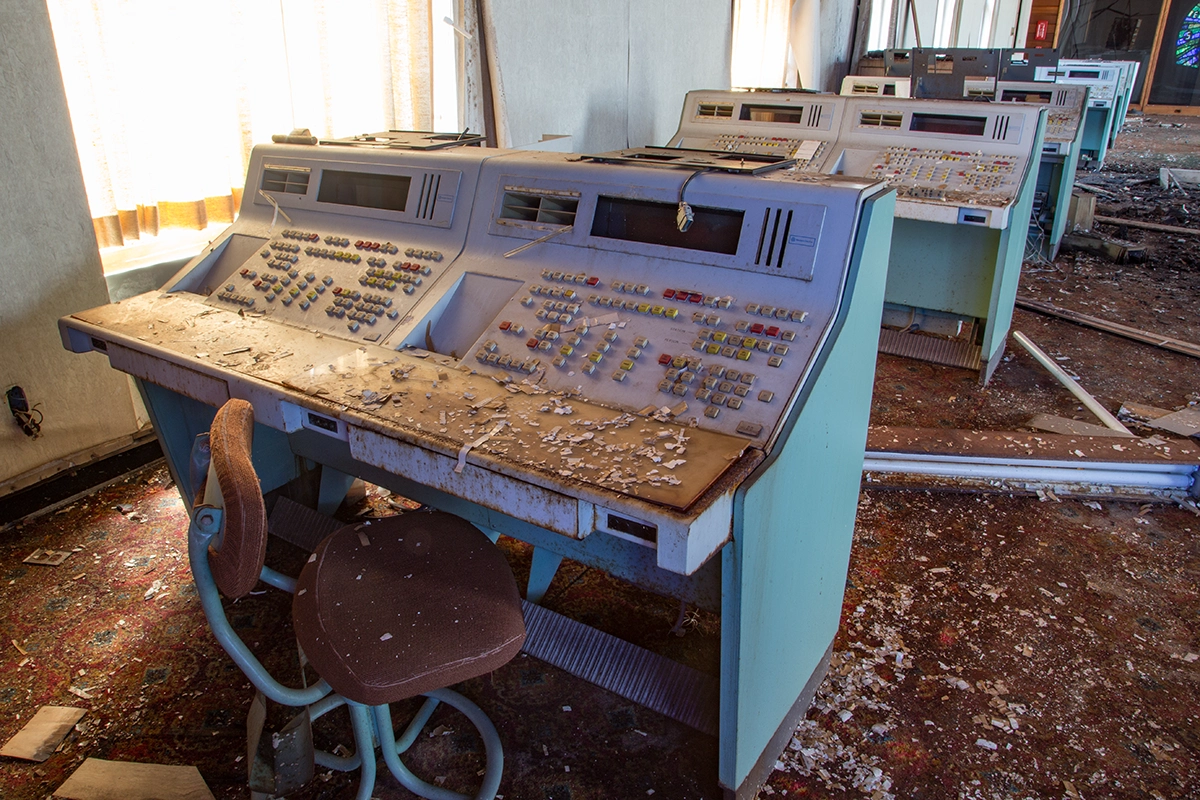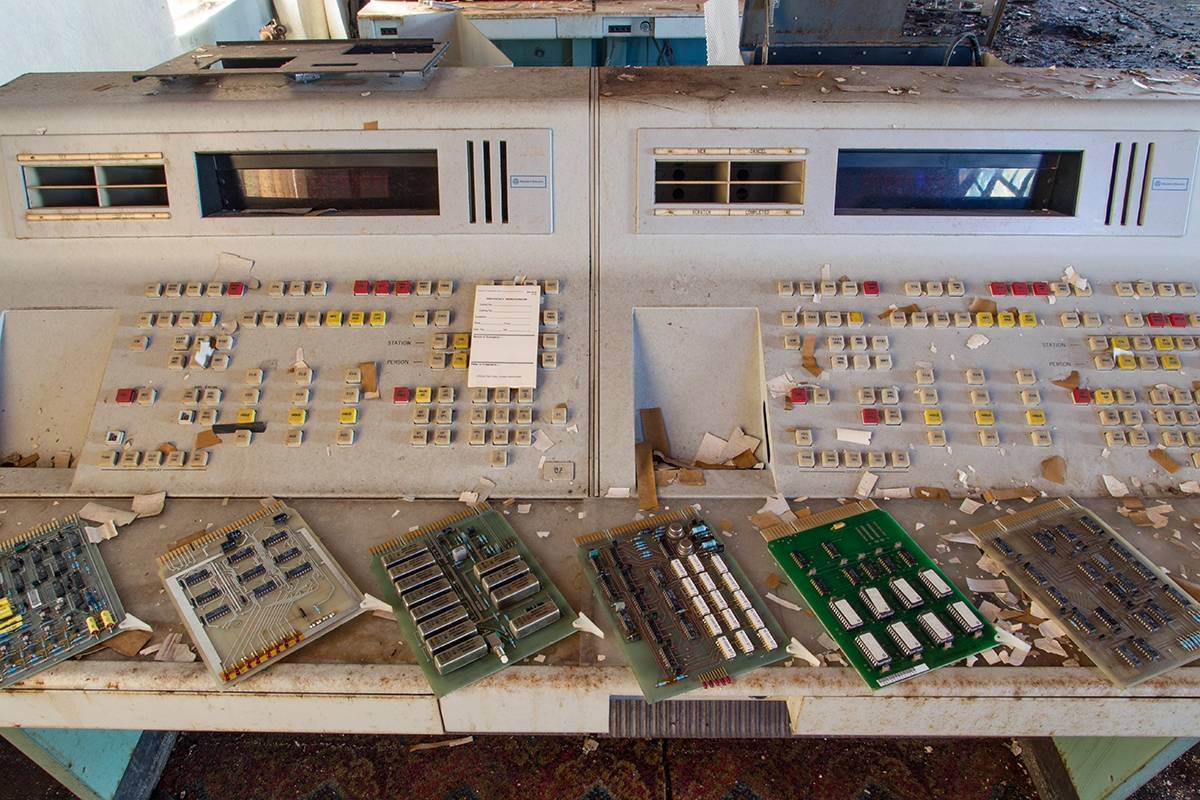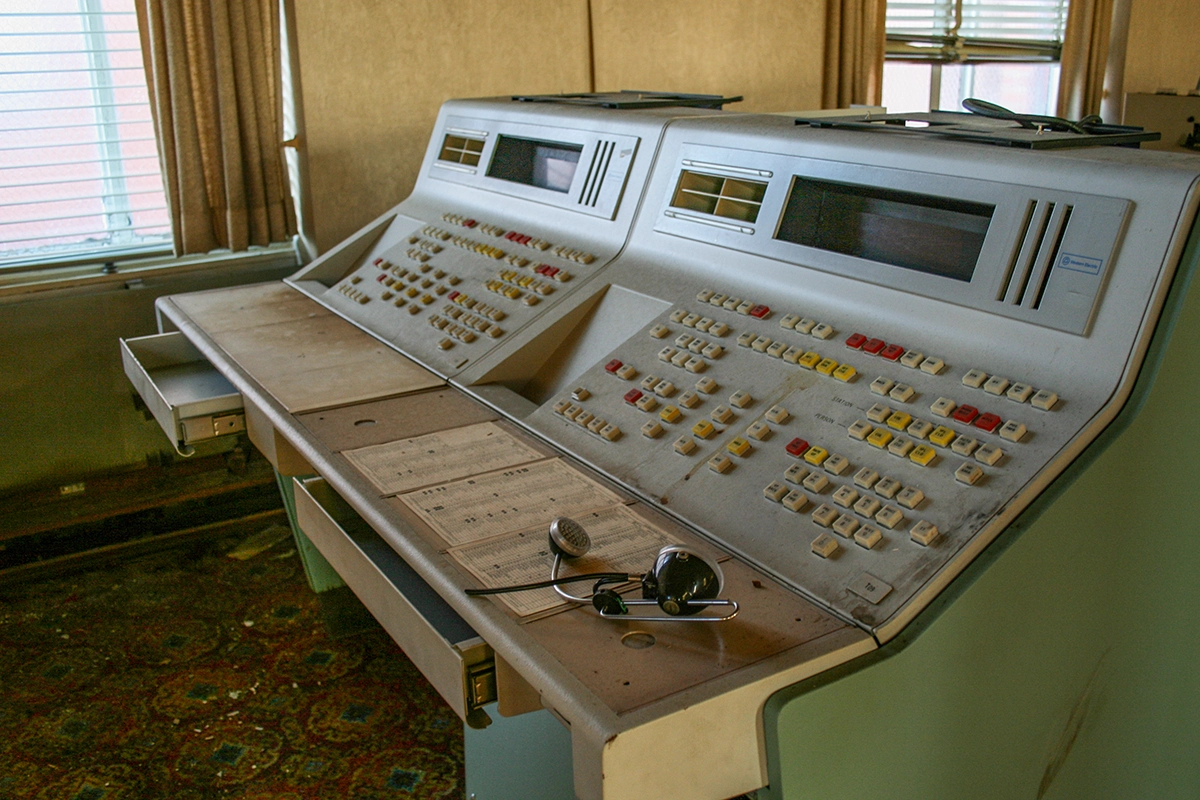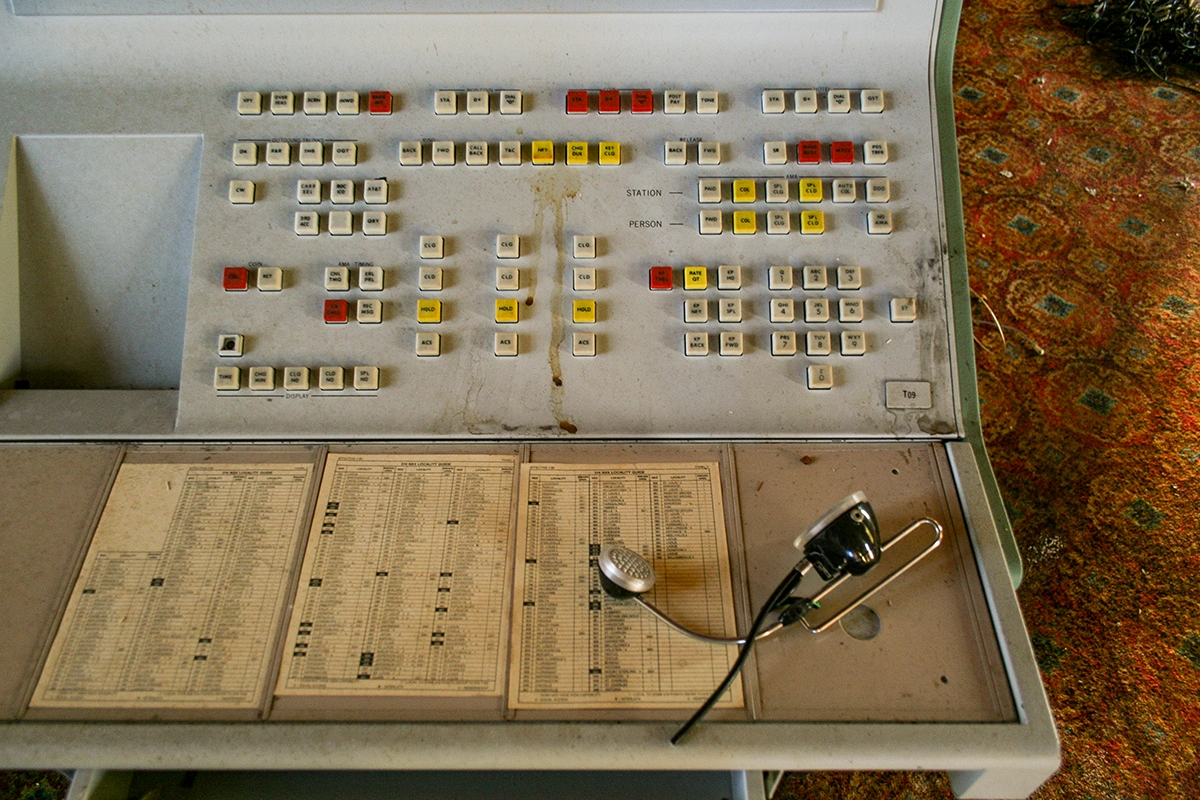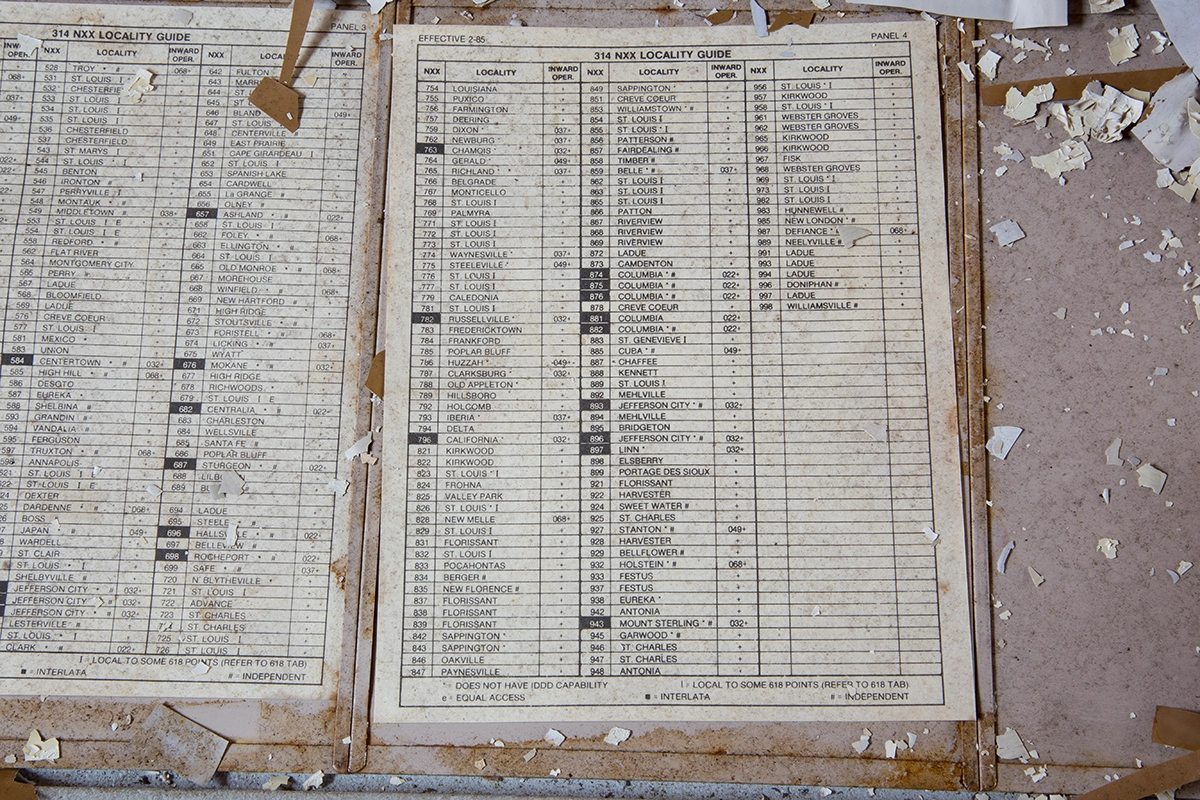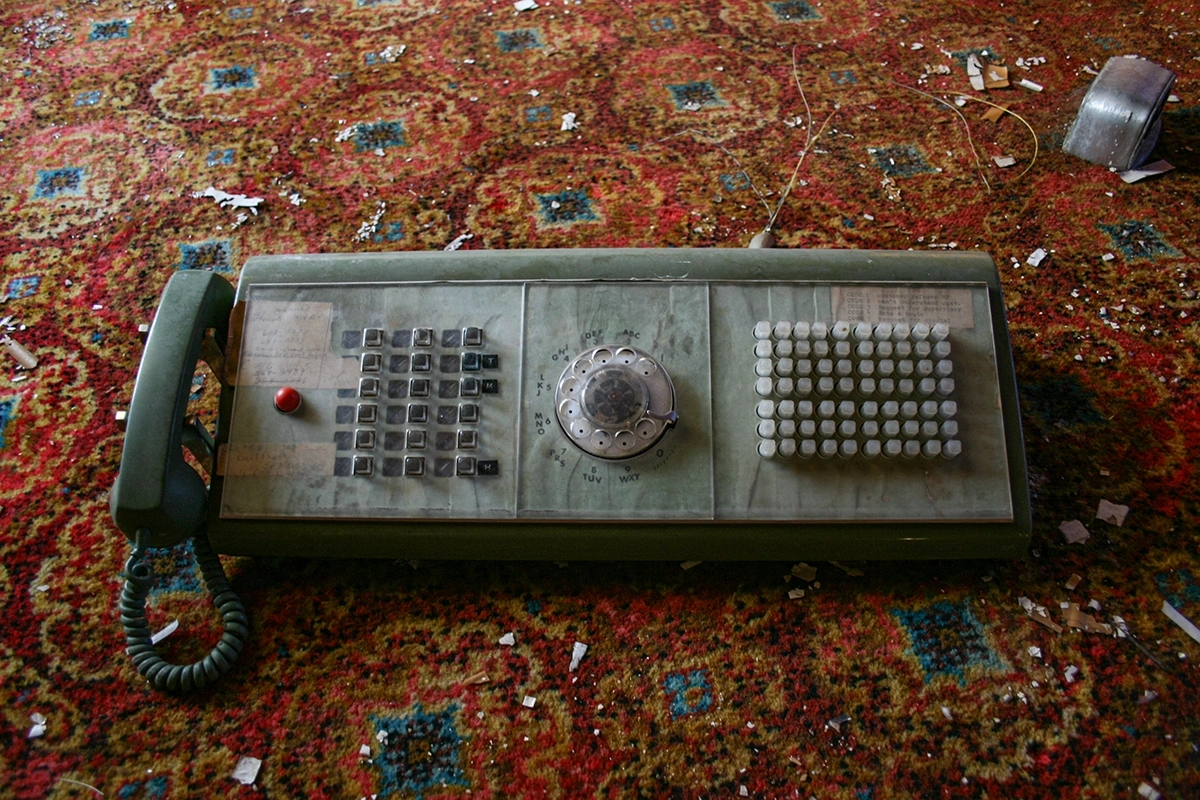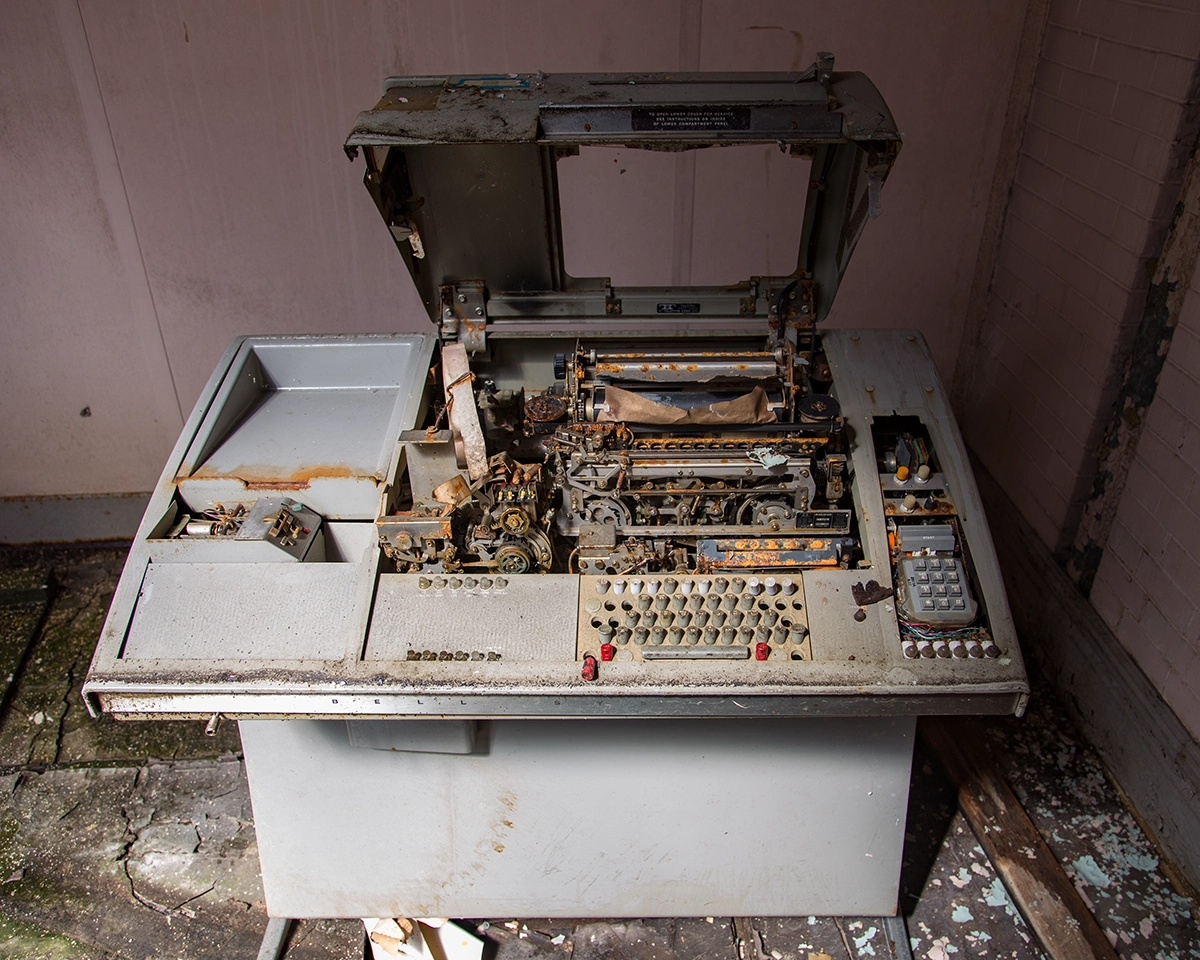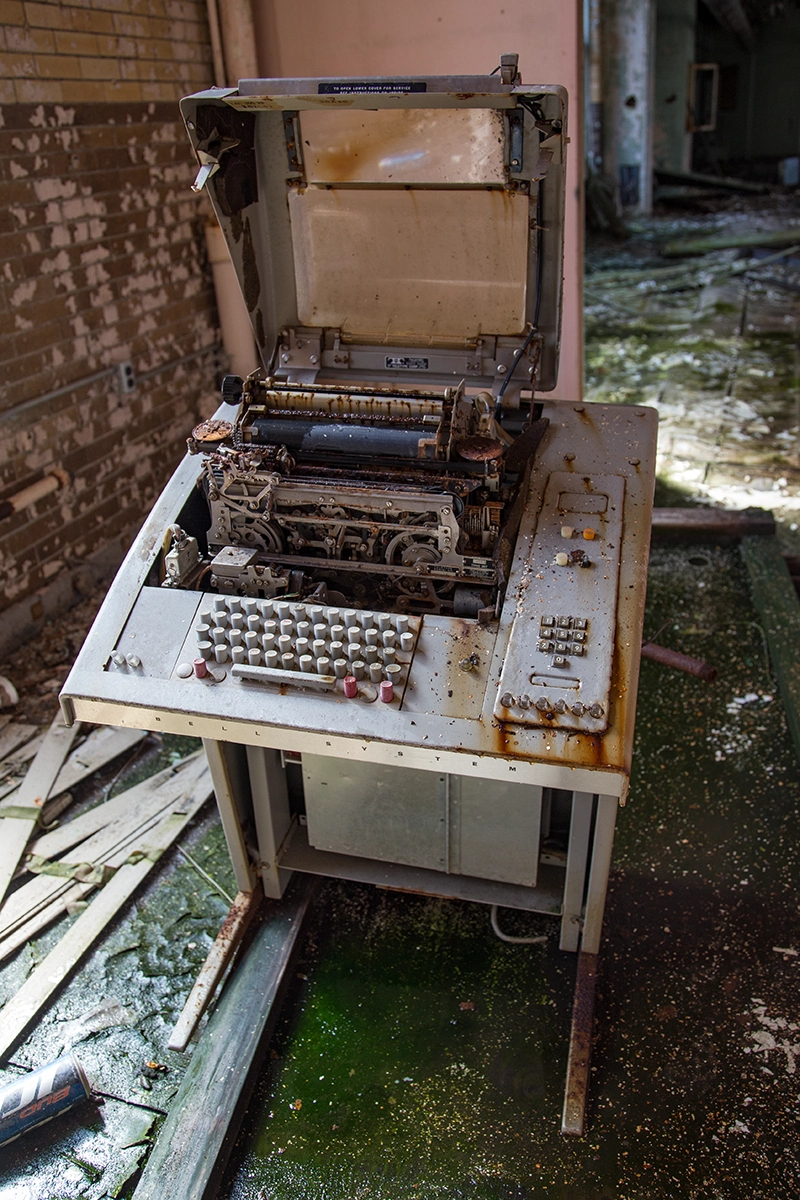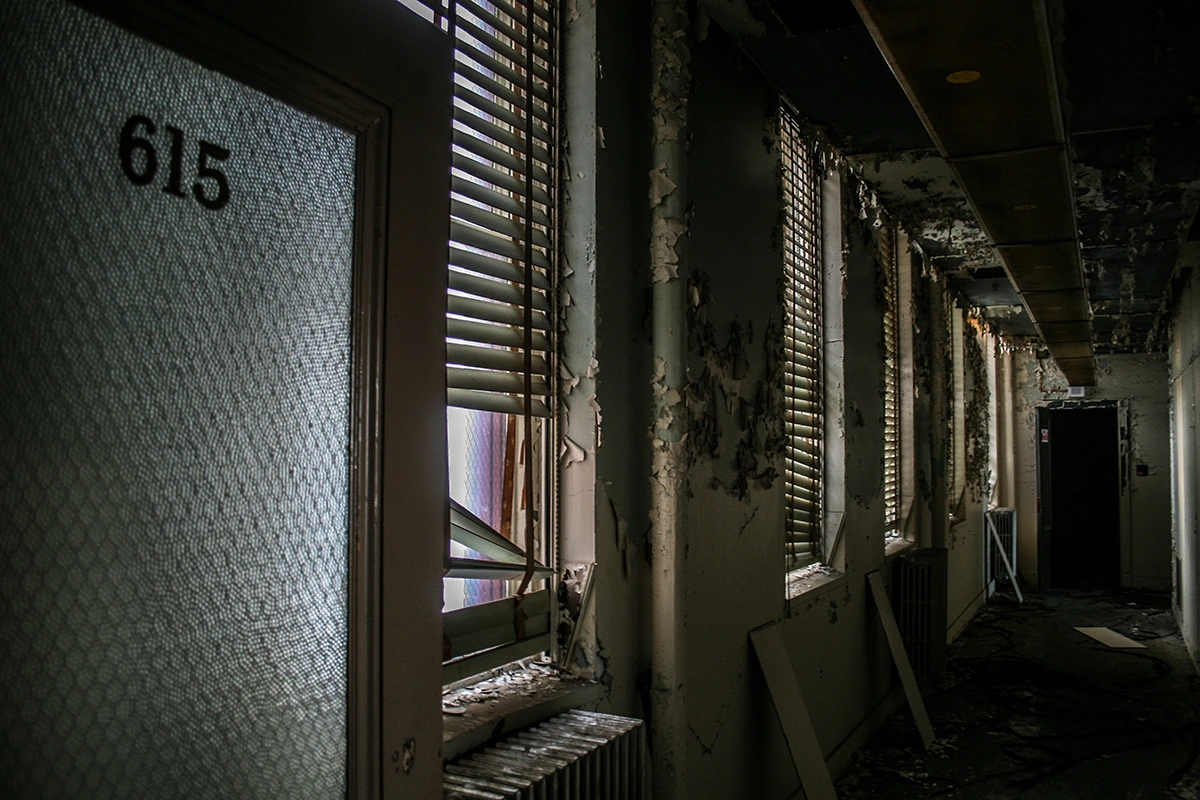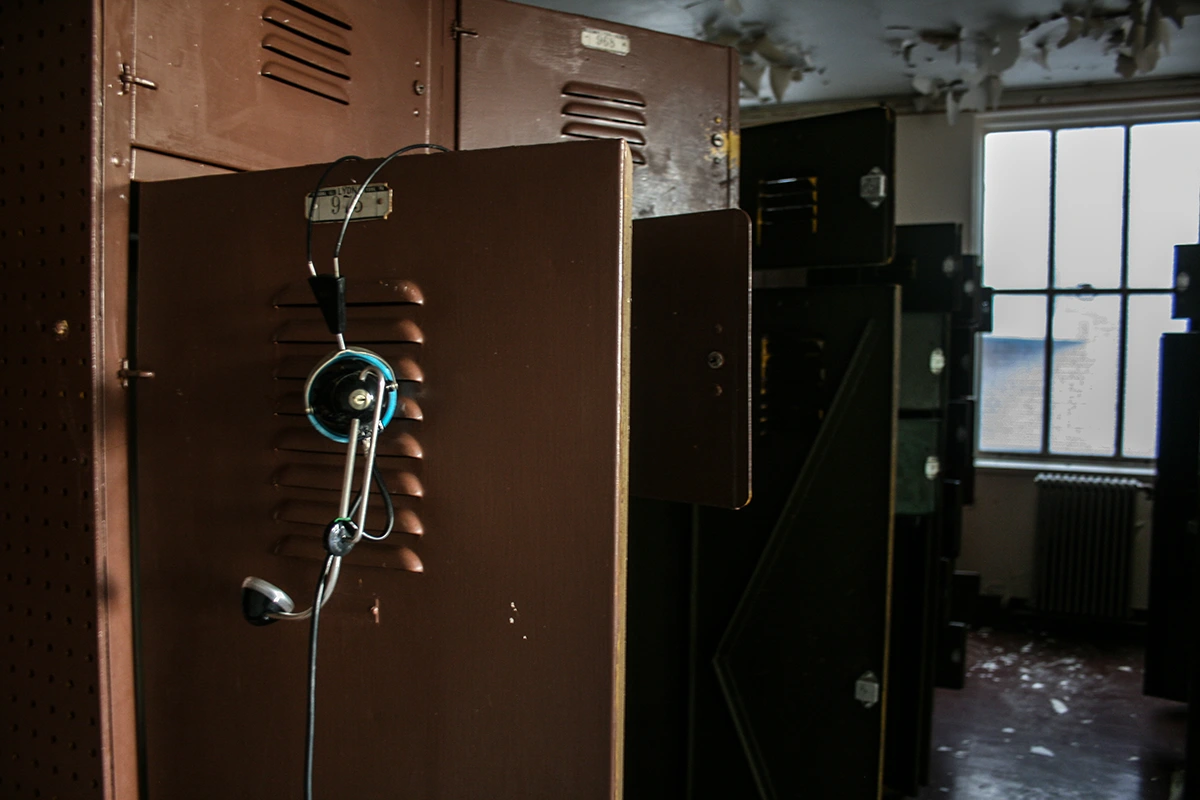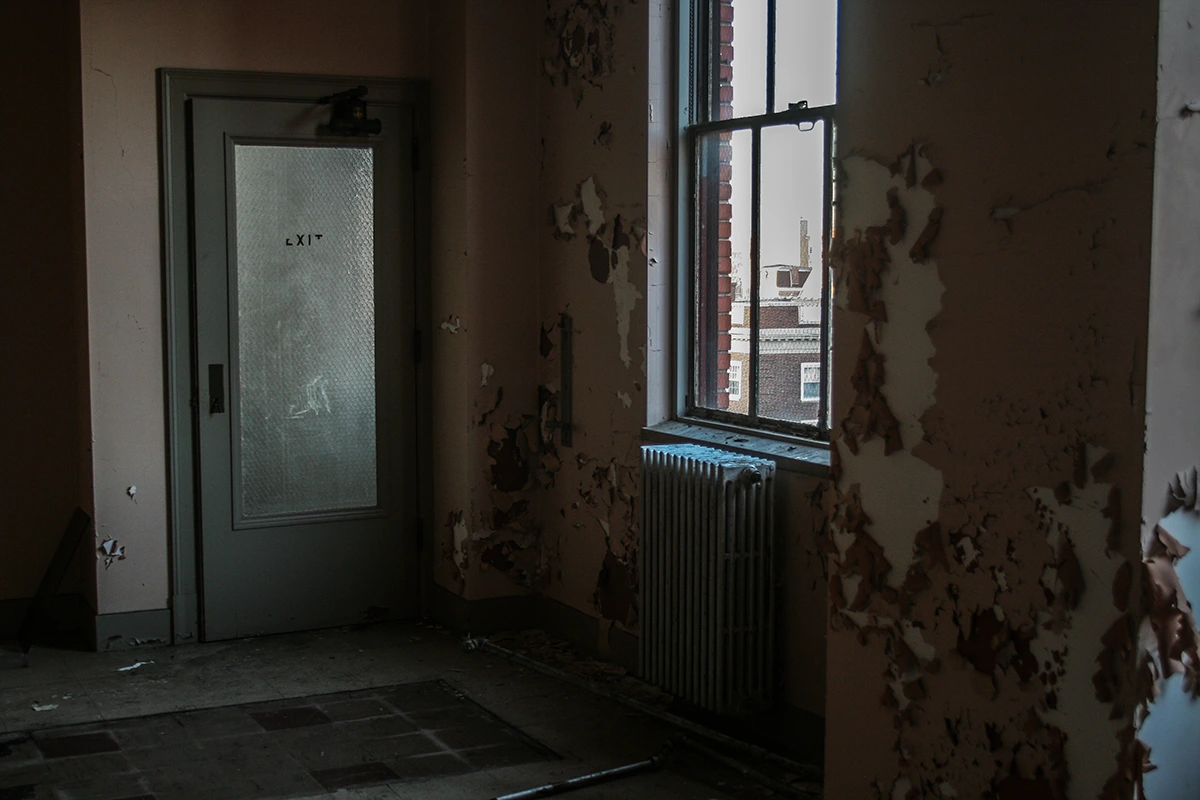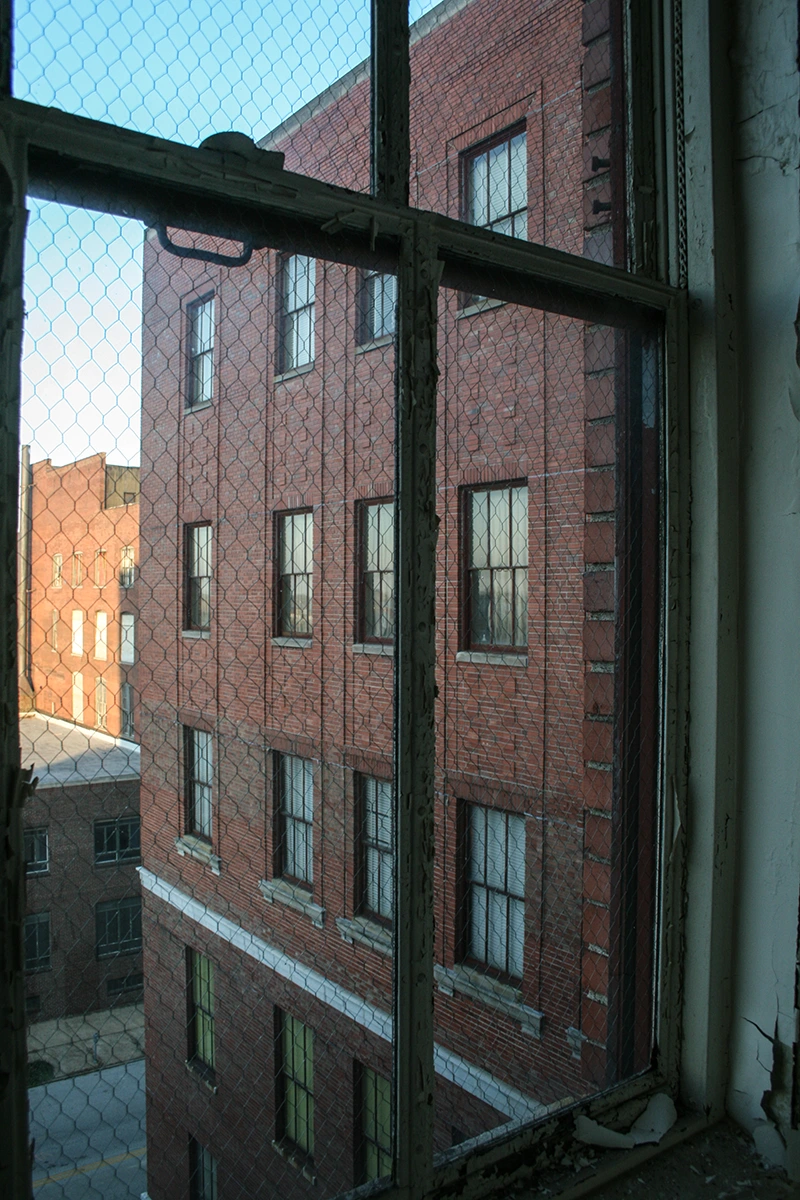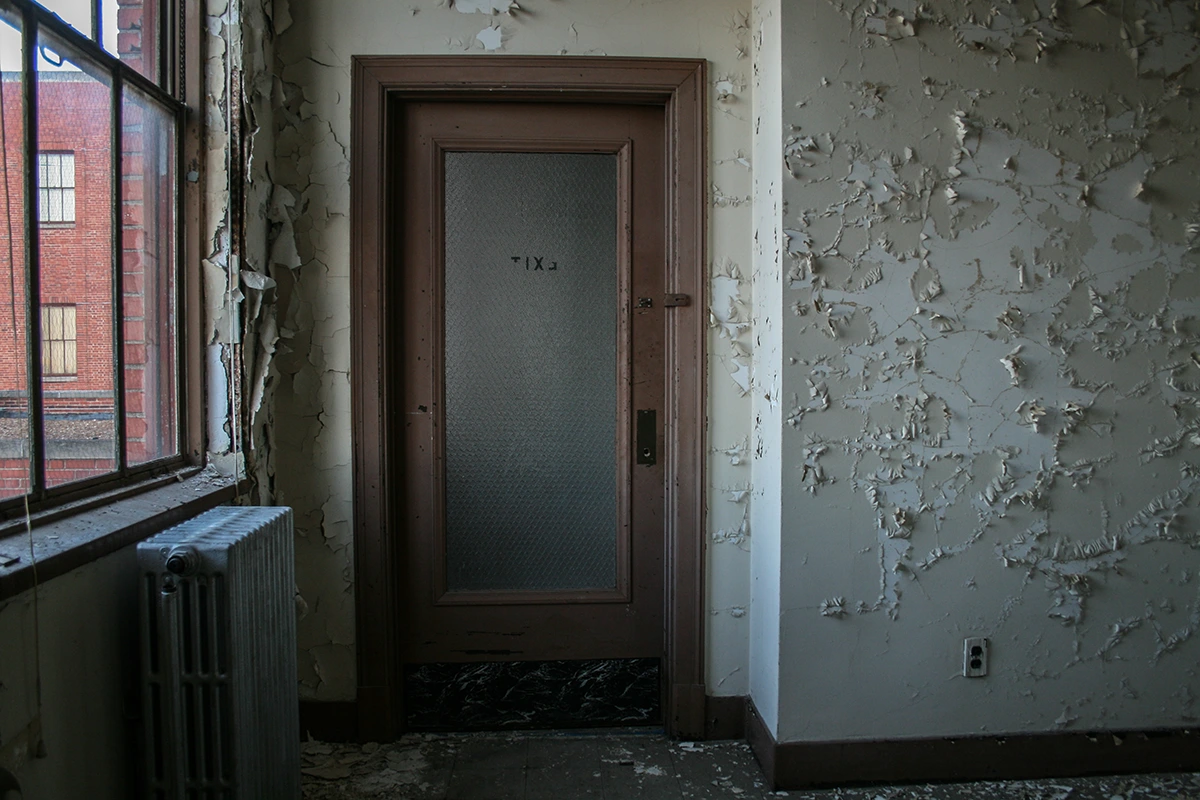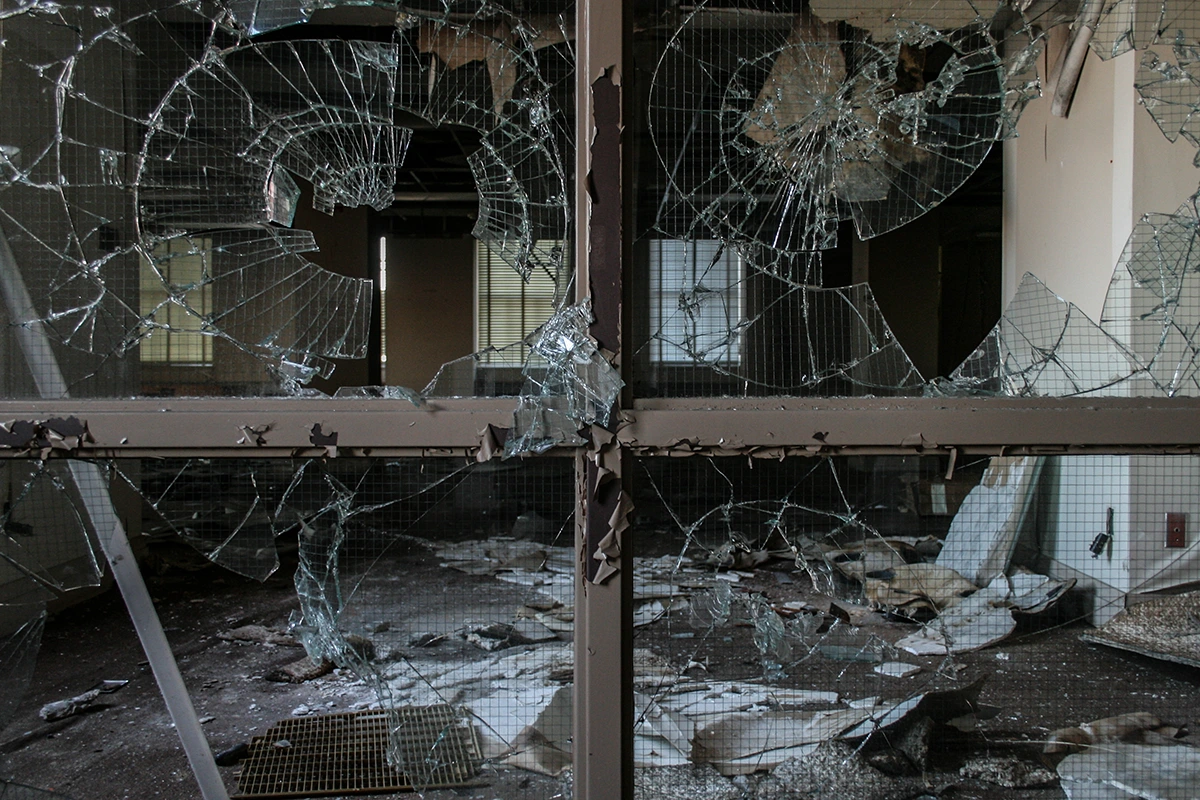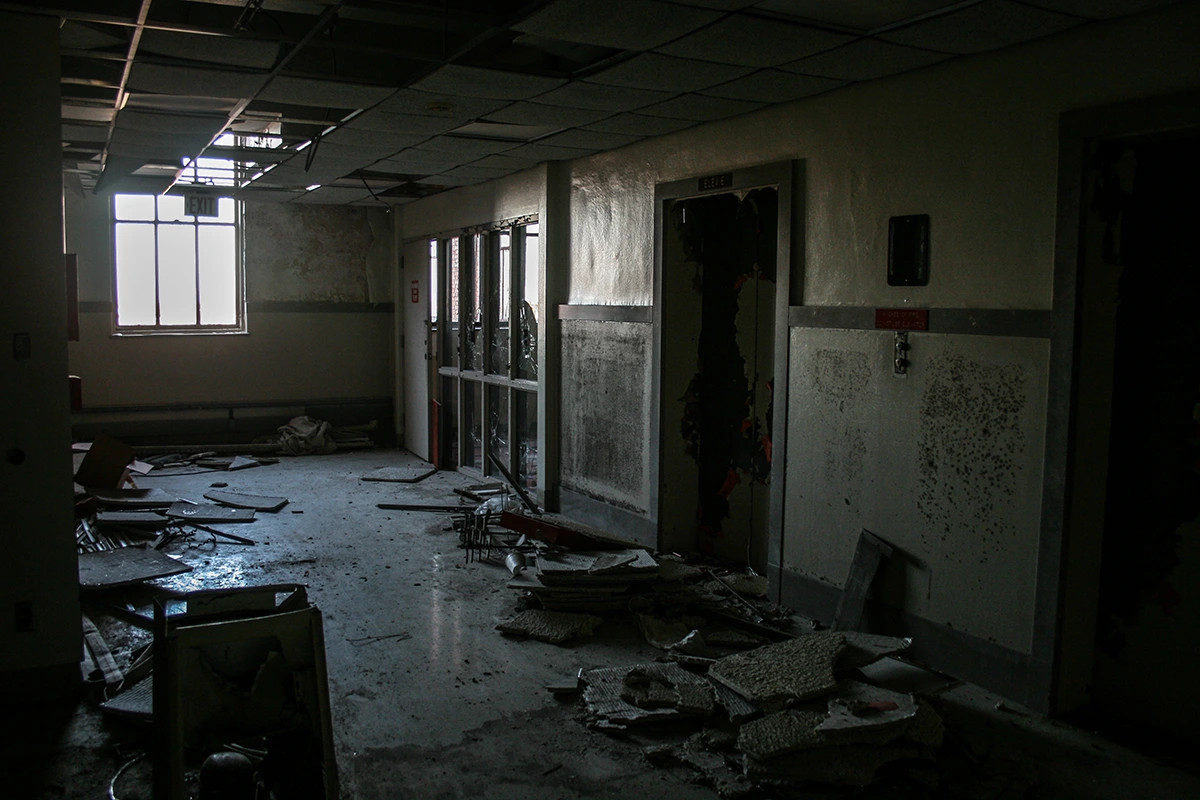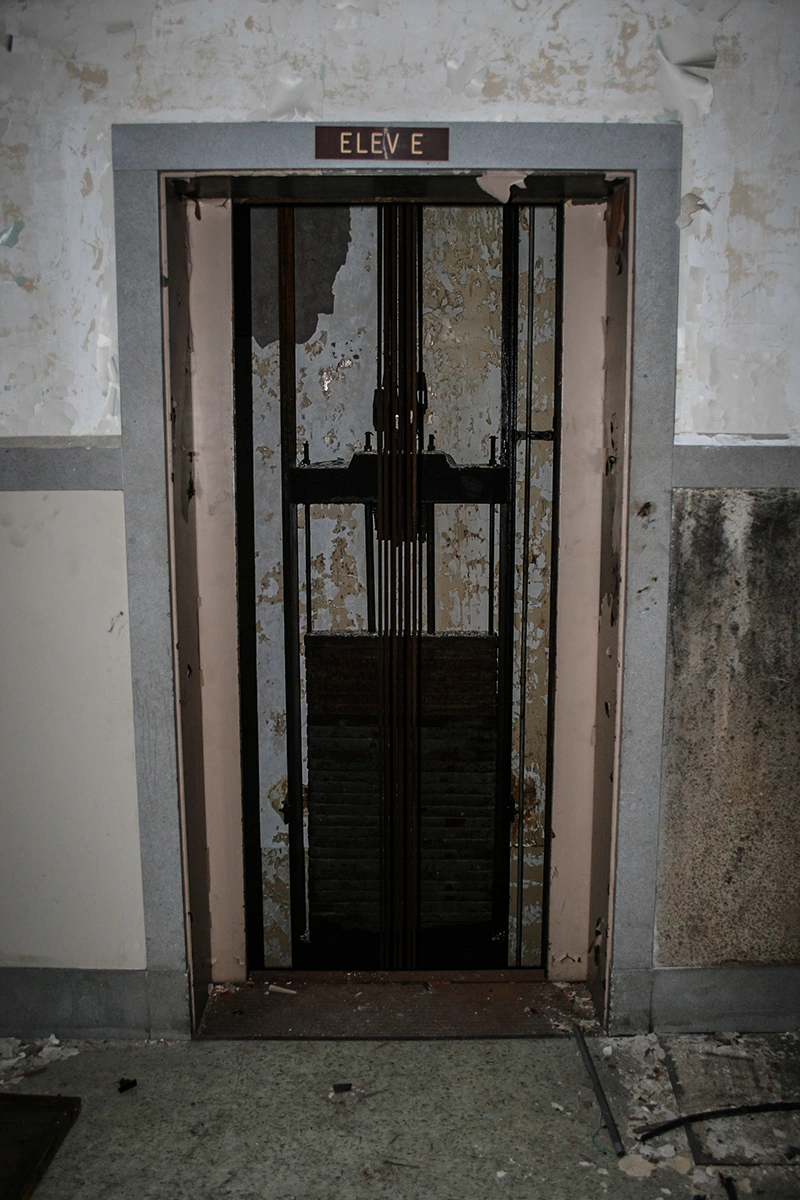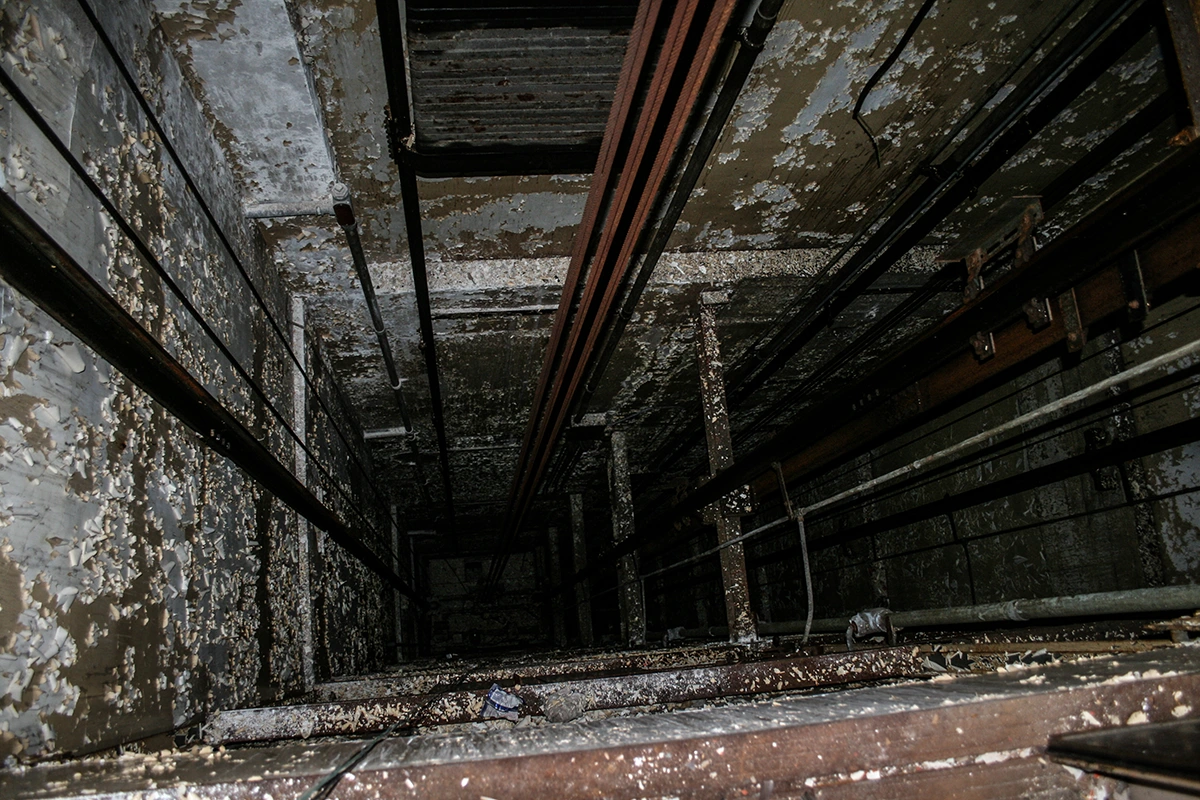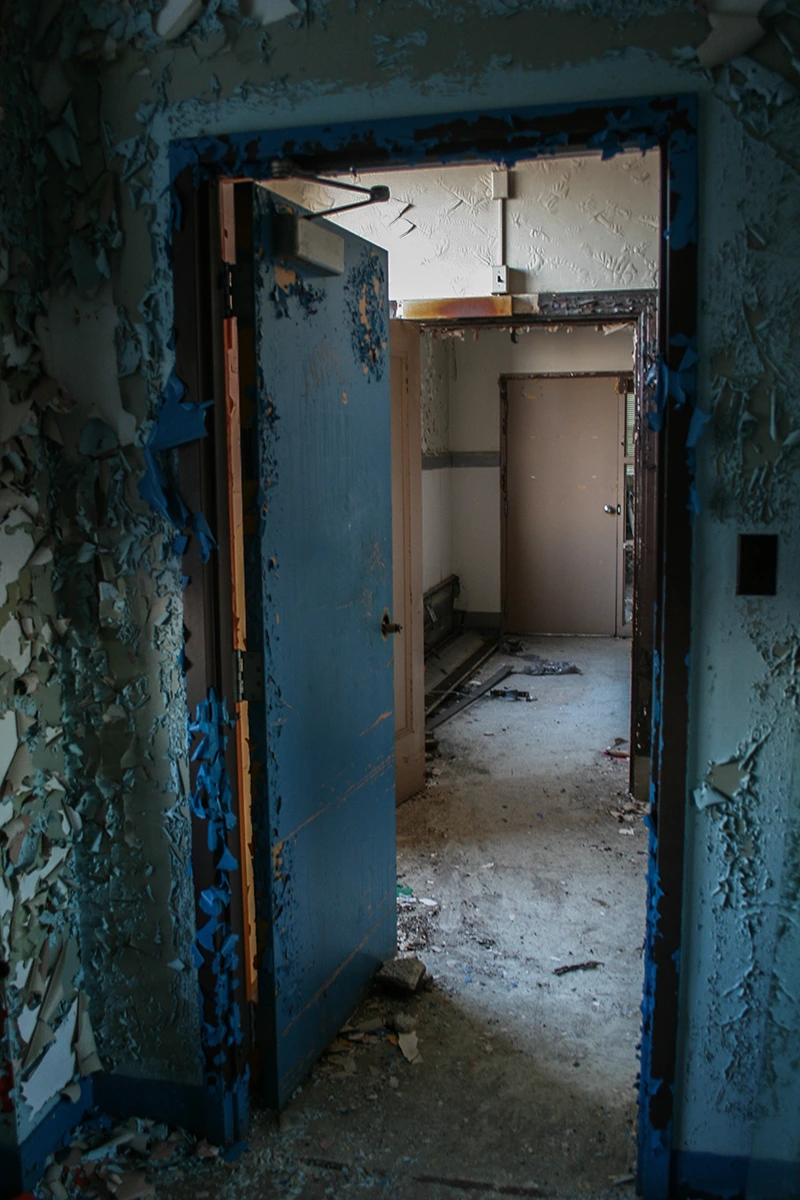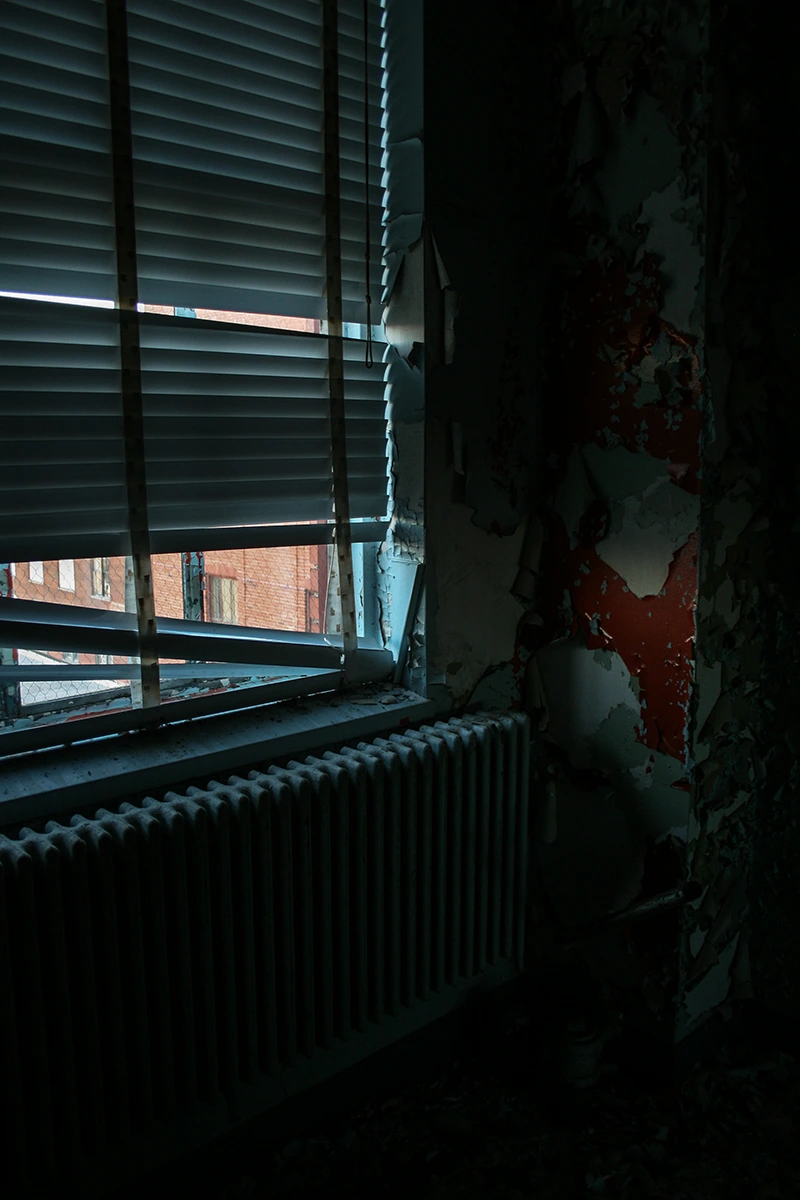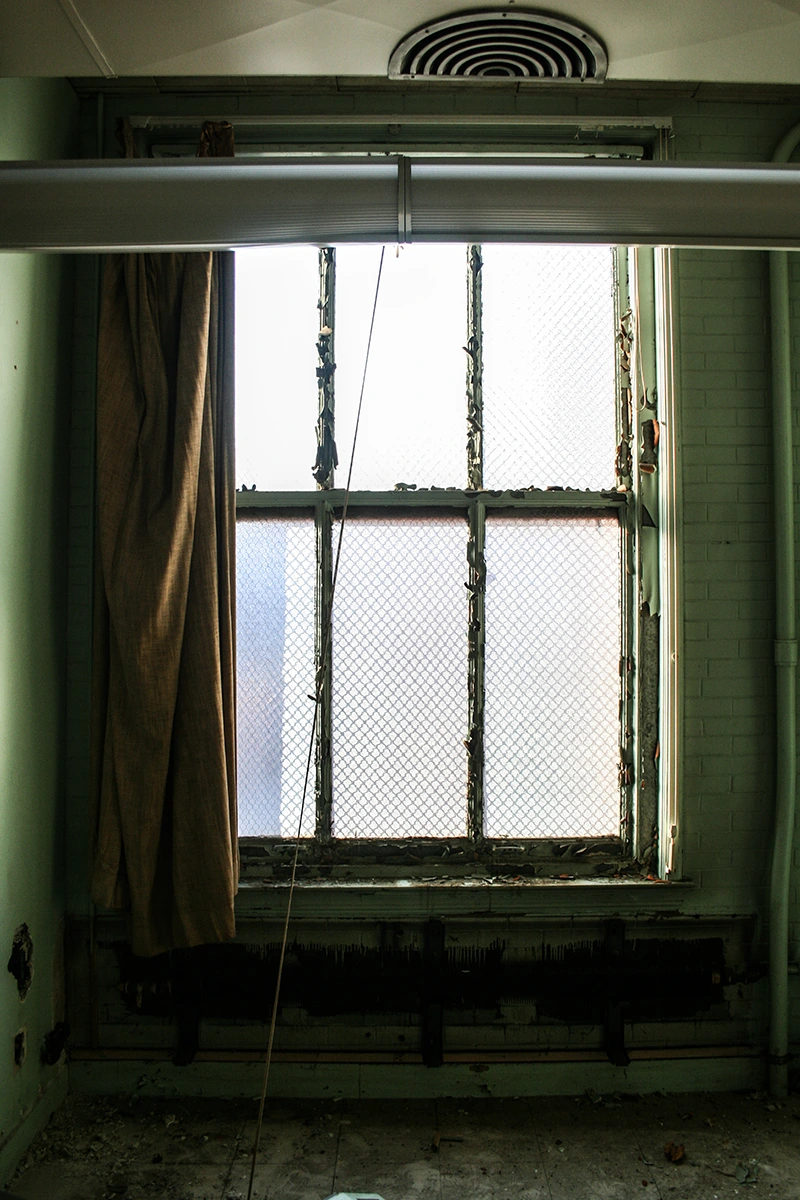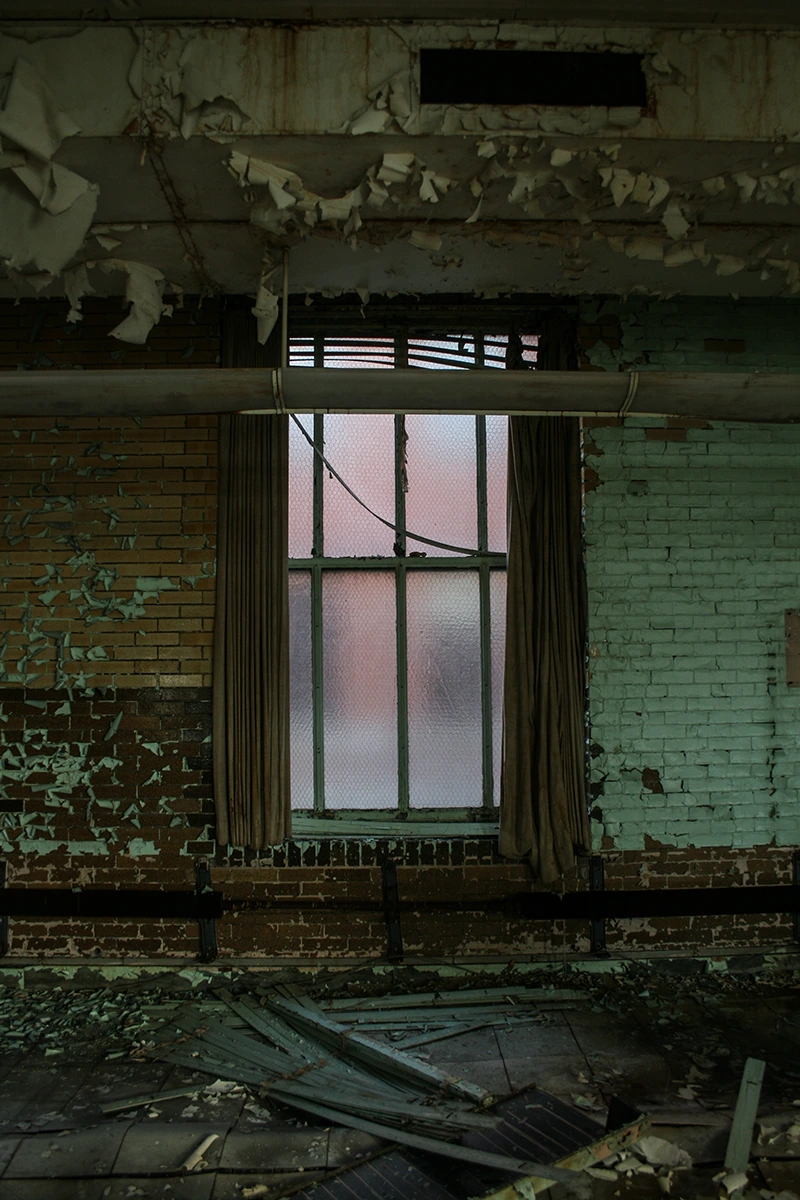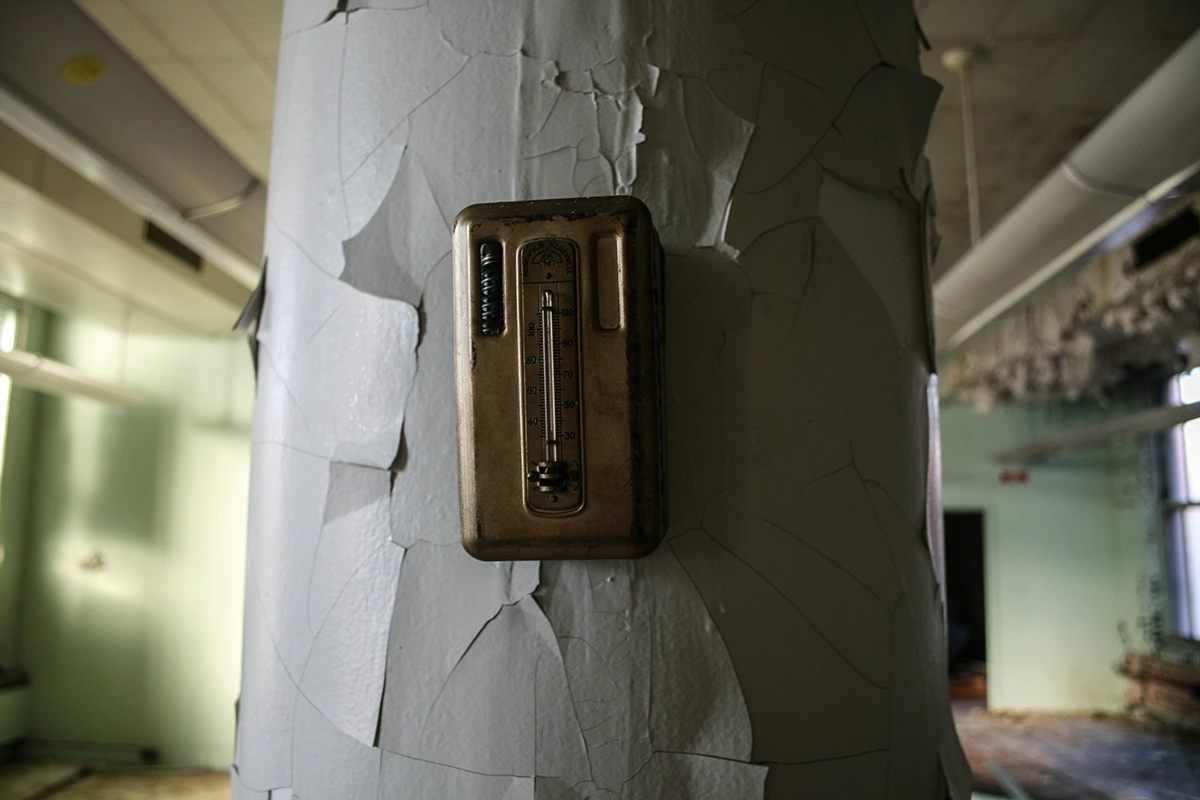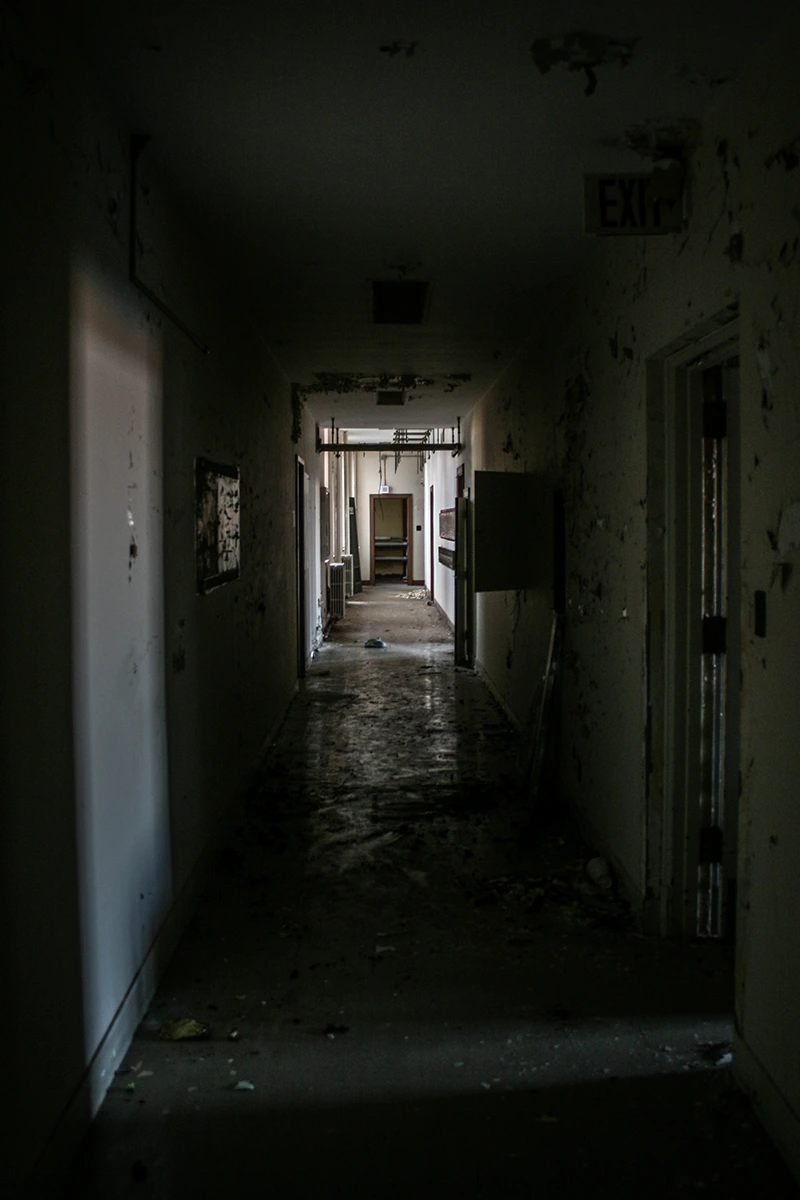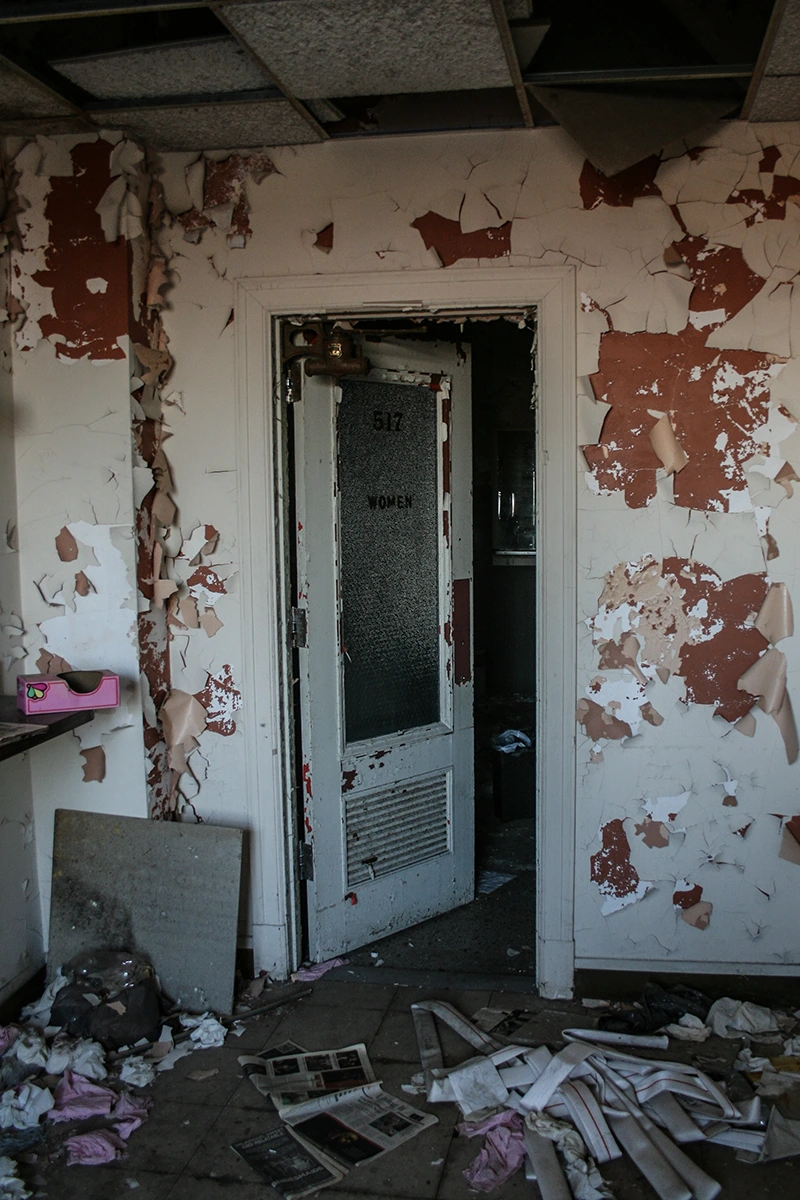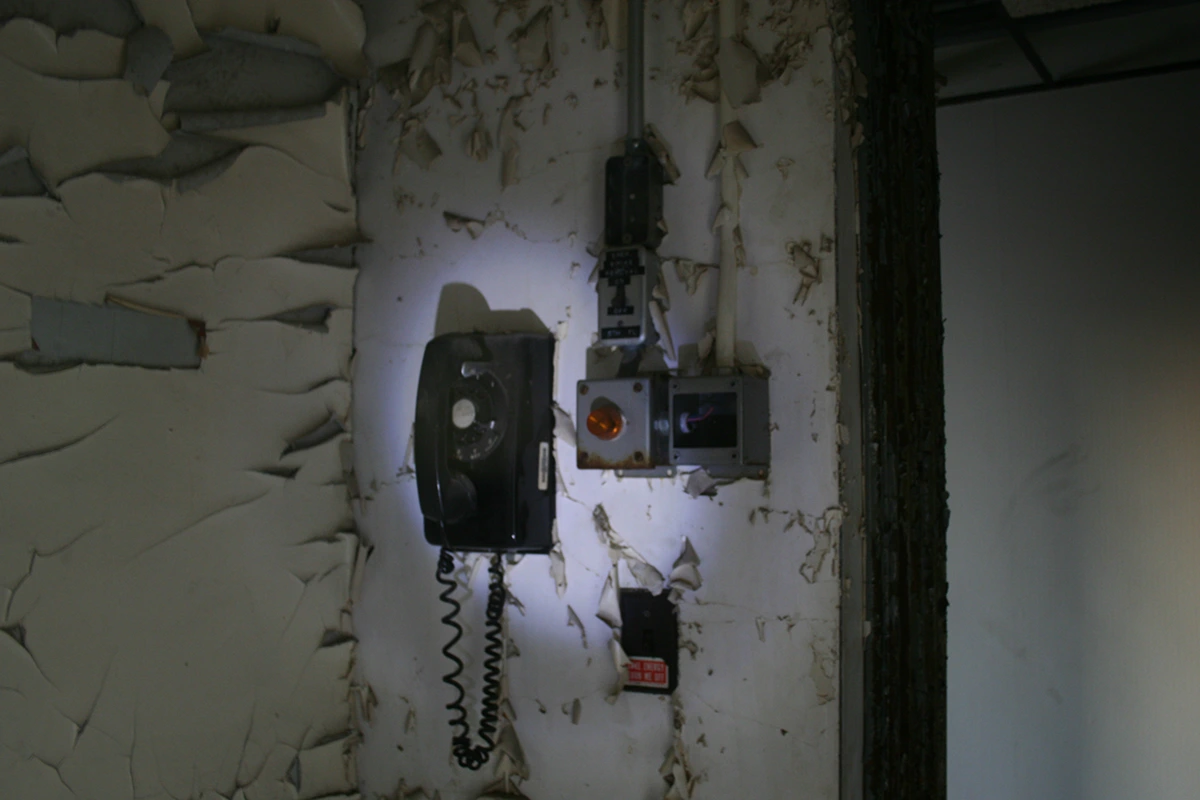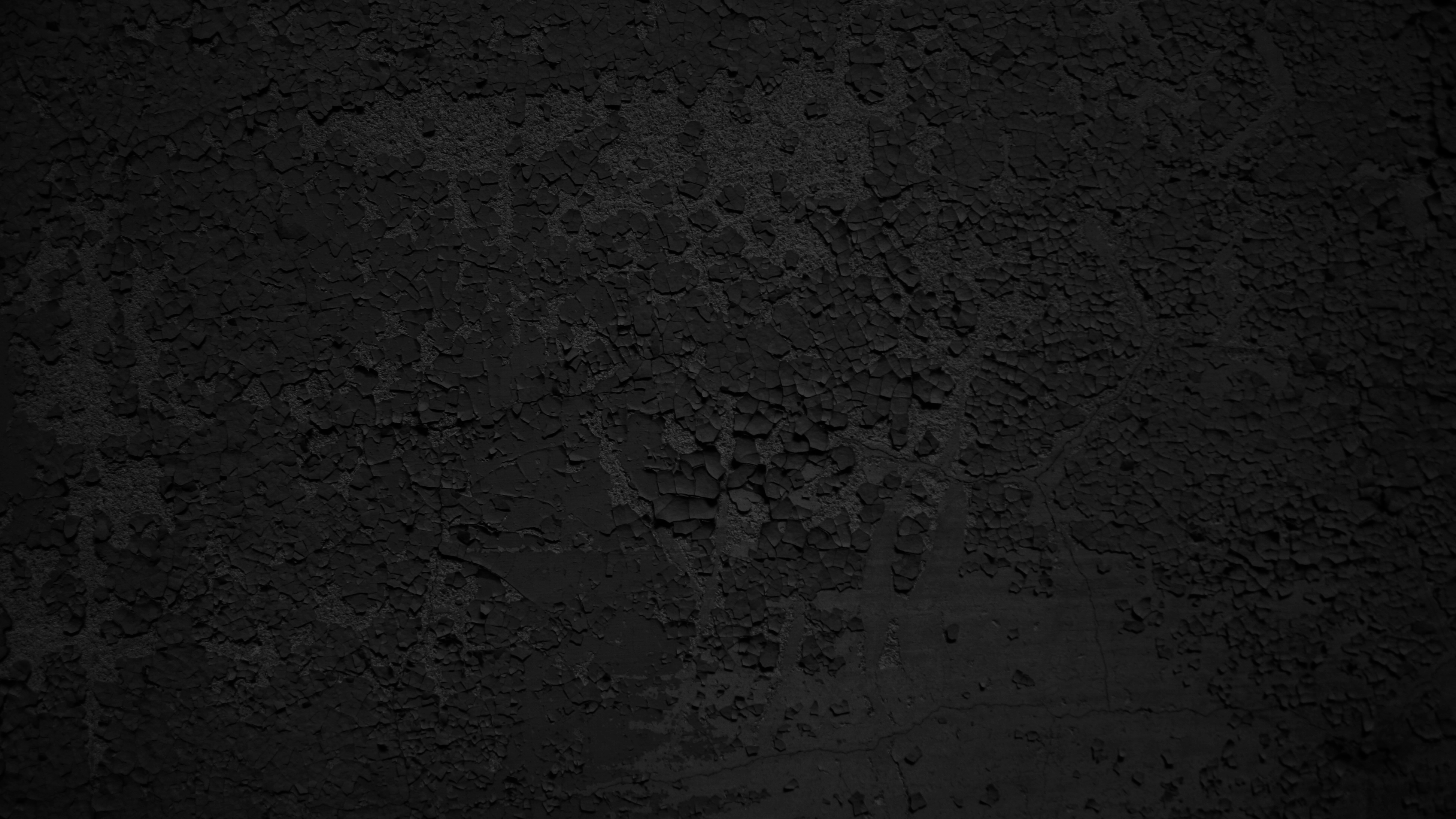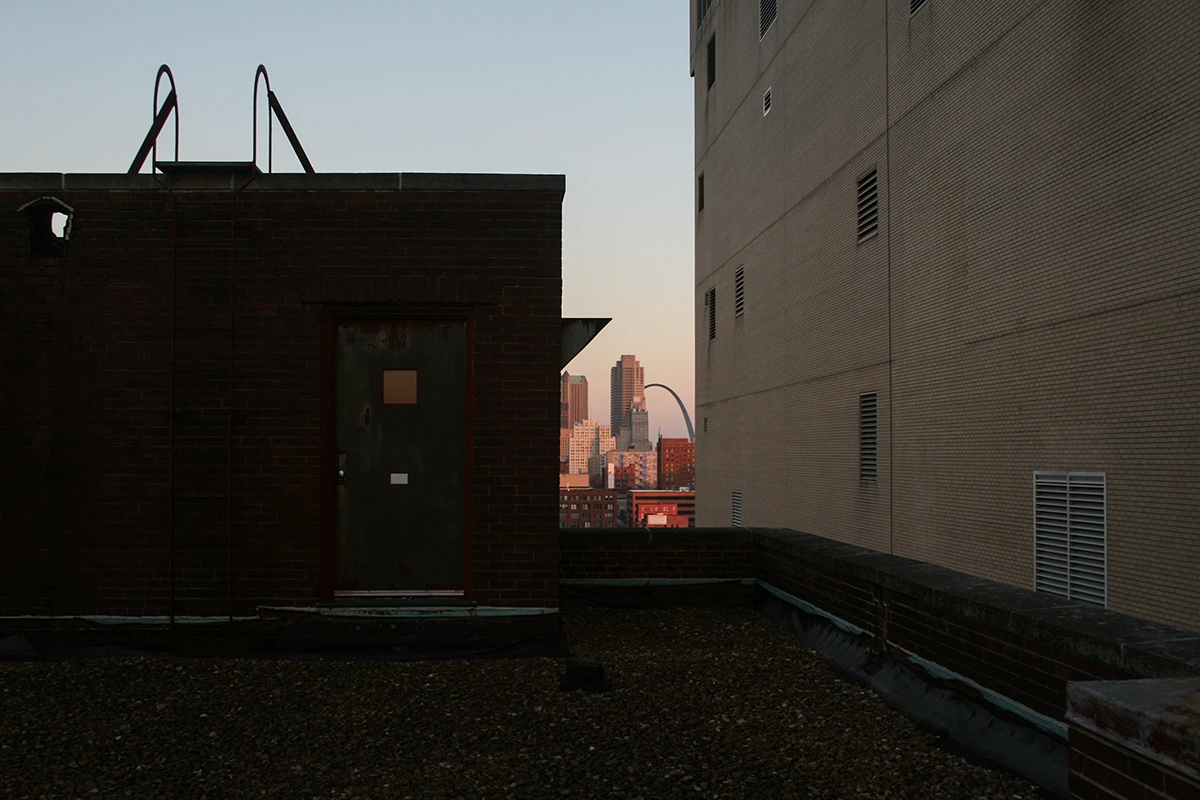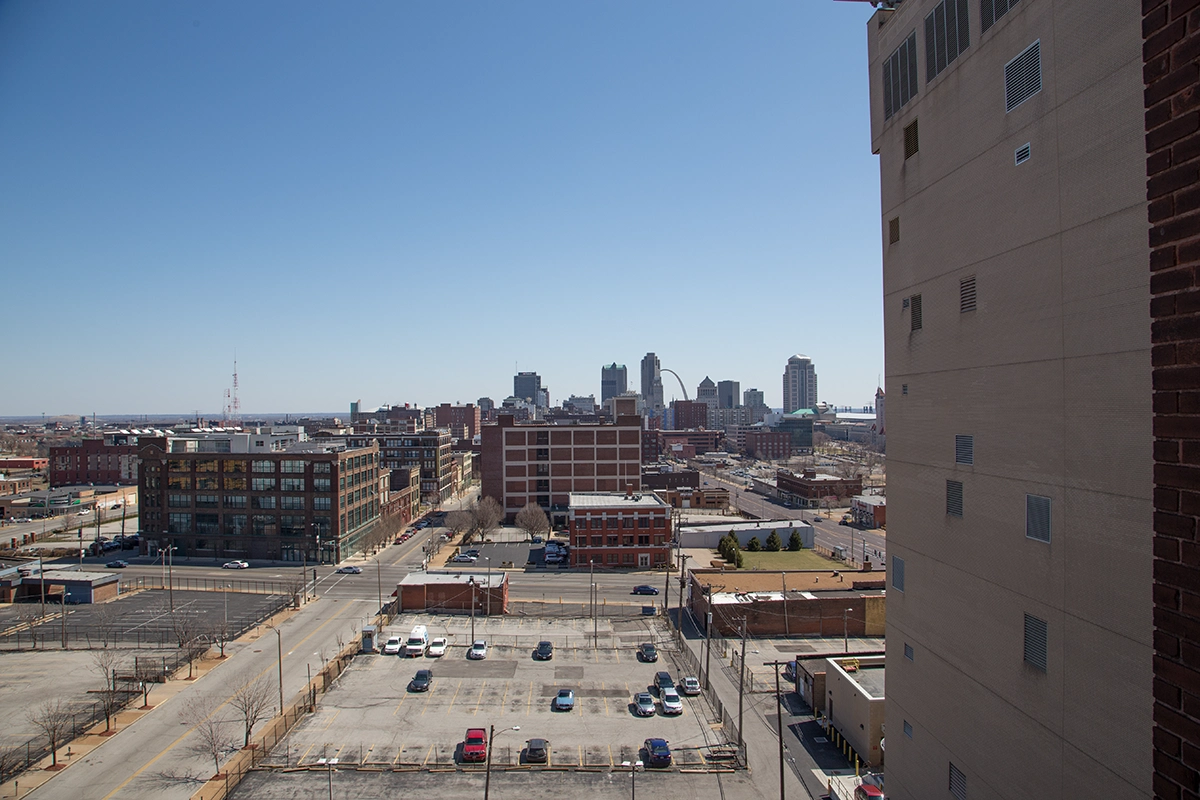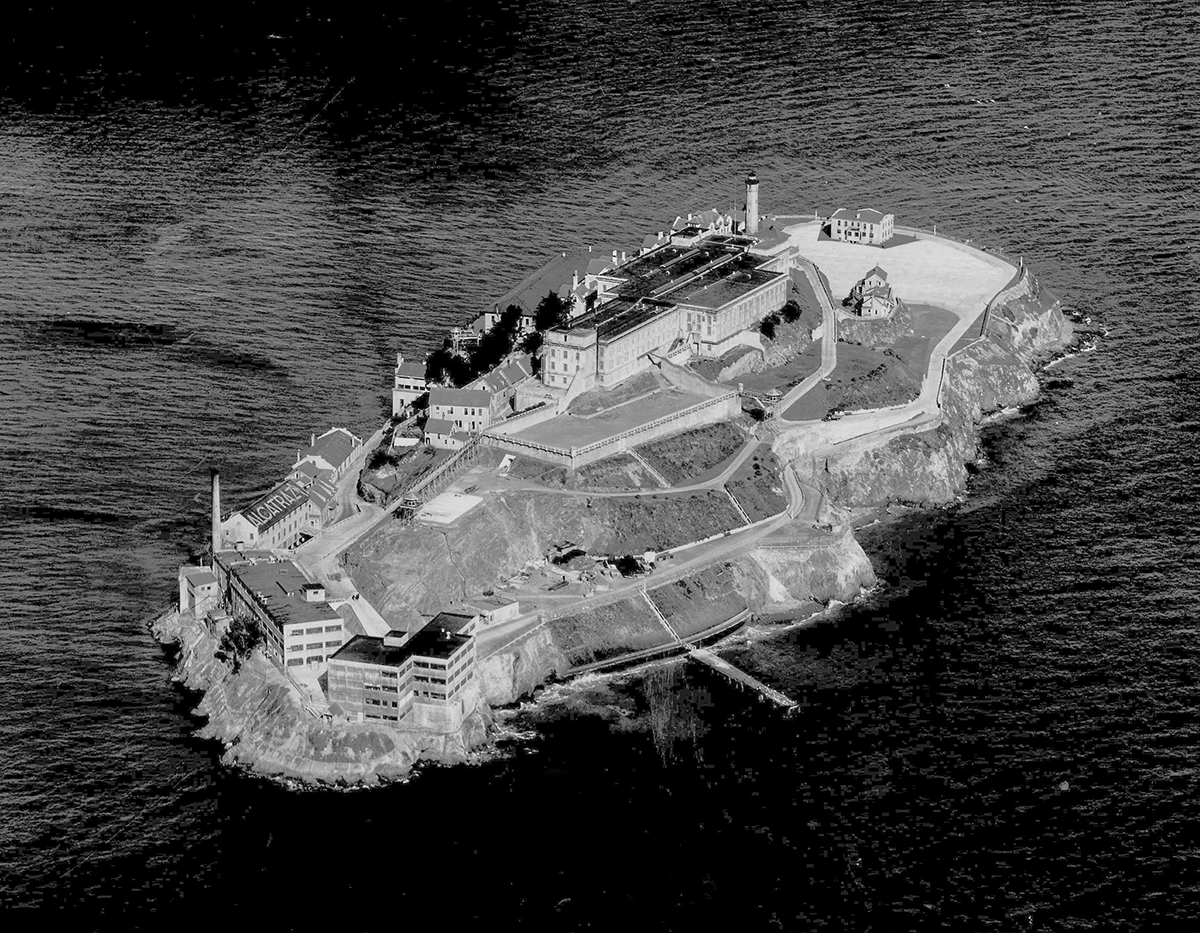Sunday, December 11, 2011
The Beaumont Telephone Exchange was constructed in 1902 as a branch office and exchange for the Bell Telephone Company. This building represents one of few remaining examples of the period of rapid growth in the telephone industry in the early 1900's.
In November of 1877, Alexander Graham Bell's American Telephone and Telegraph company granted a license to expand service to Saint Louis. Early on, George Durant, the general manager of ADT (the American District Telegraph Company), leased equipment for private lines. Eventually it was decided that a central switchboard would be more efficient. Thus having started with twelve subscribers in 1878, this would be the first exchange in what would later be known as the Southwestern Bell Telephone Company. By 1880, this new company had 600 subscribers. Soon they outgrew their offices and moved from 417 Olive to 902 Olive and finally, in 1902, to their present location, where it was said to be "one of the best equipped of modern exchanges".
Over the years, as advances in technology were made, additions were made to the building which directly reflect the exchange adapting to meet them. This building served the telephone services industry throughout its entire career up until the mid 1990's. It was used for a few years as a training center, but eventually the equipment must have simply become too obsolete for even that role. It has been vacant ever since.
UPDATE: Beaumont Telephone Exchange has been renovated and is now called Malone STL
See our first visit here: here.
Source: National Record Historic Nomination Form
Historic Photos of Beaumont Telephone Exchange Saint Louis (AKA MaloneSTL)
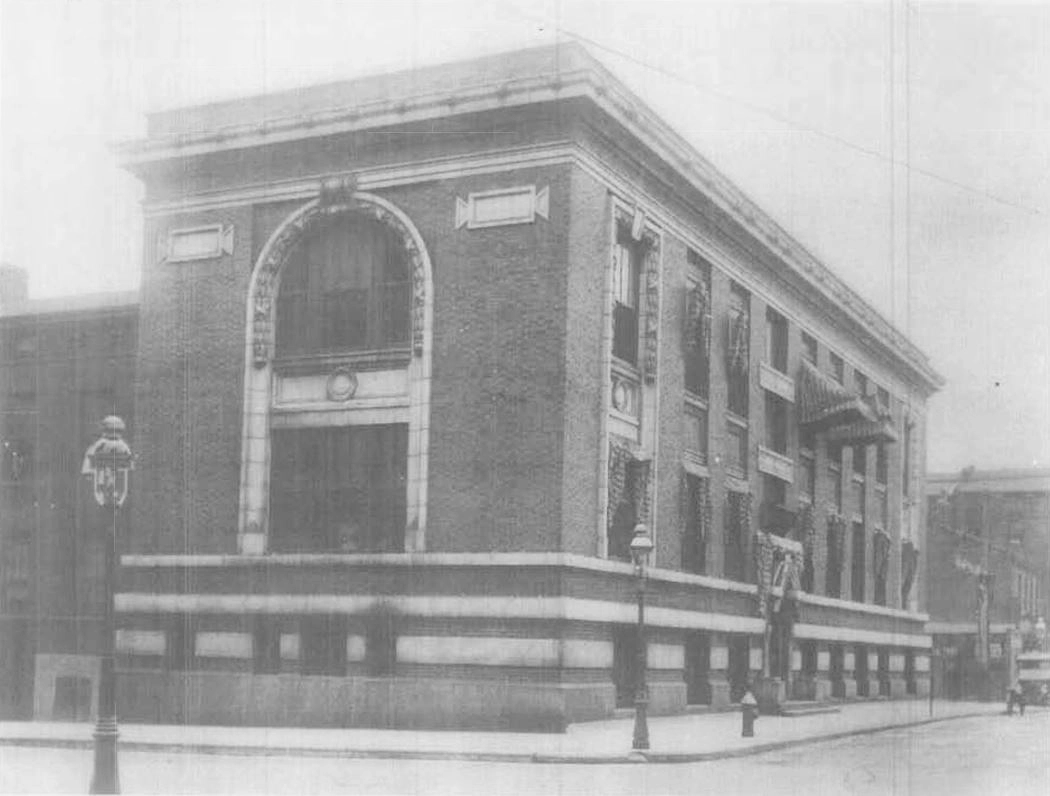
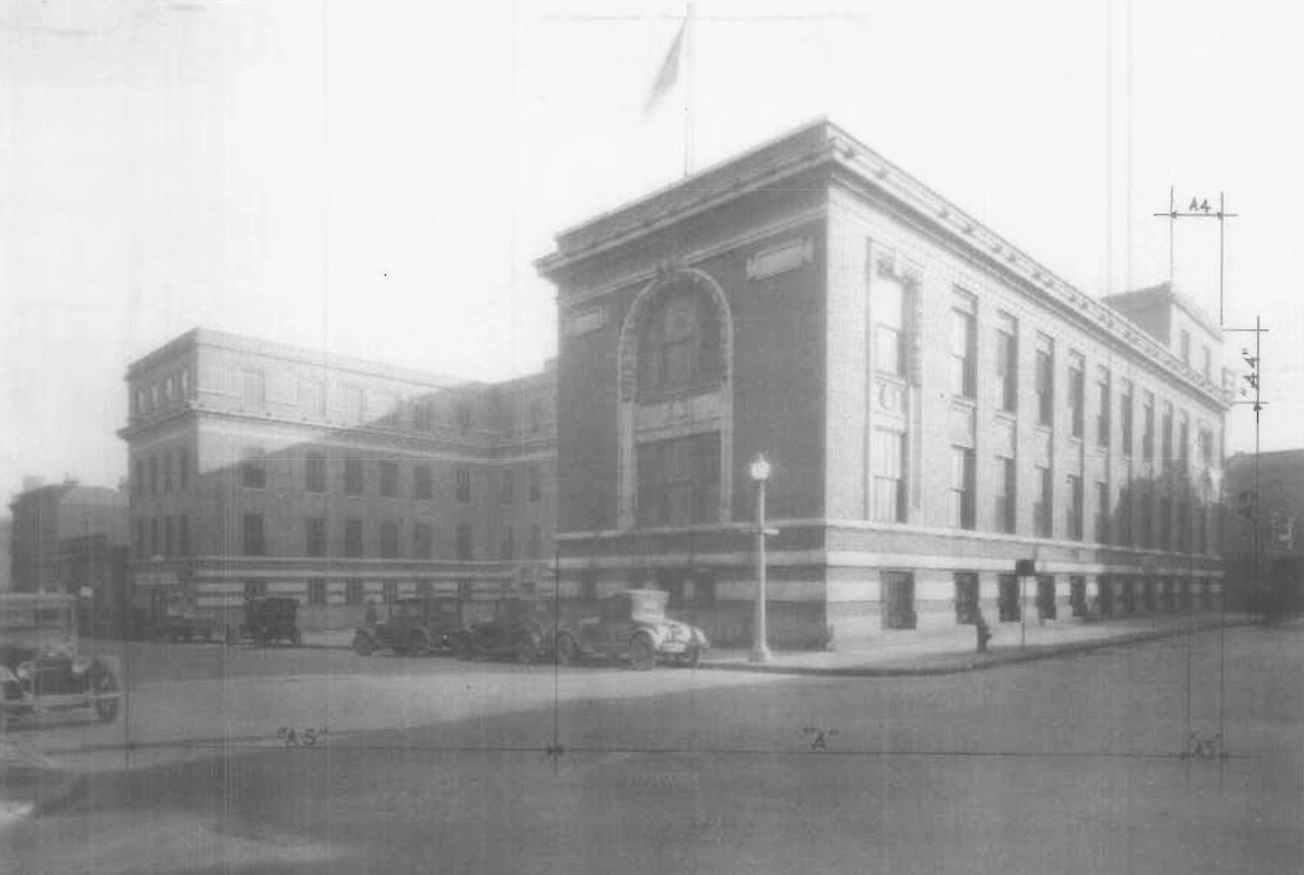
End Historic Photos
